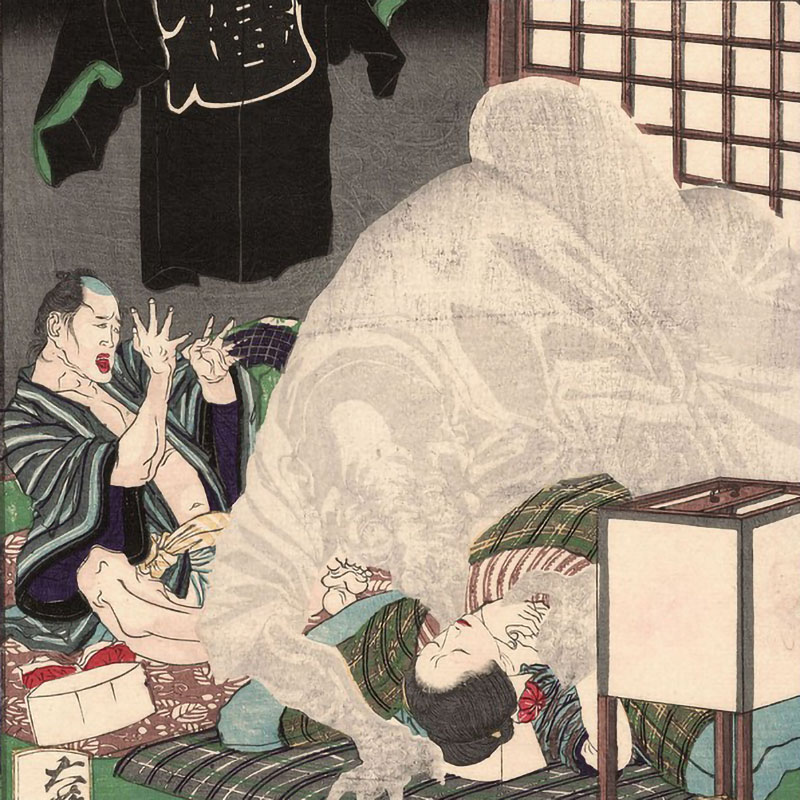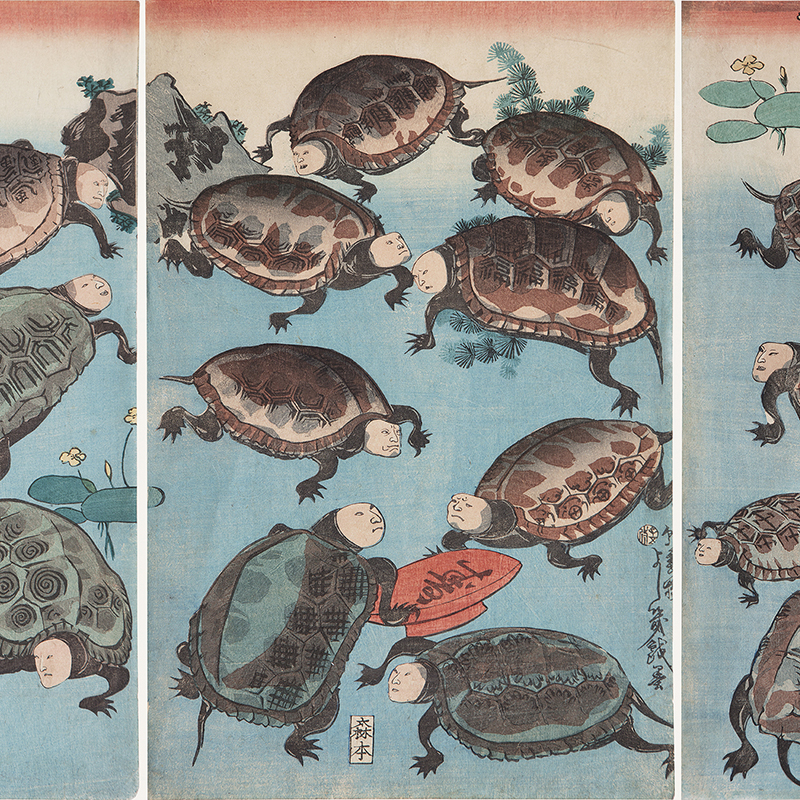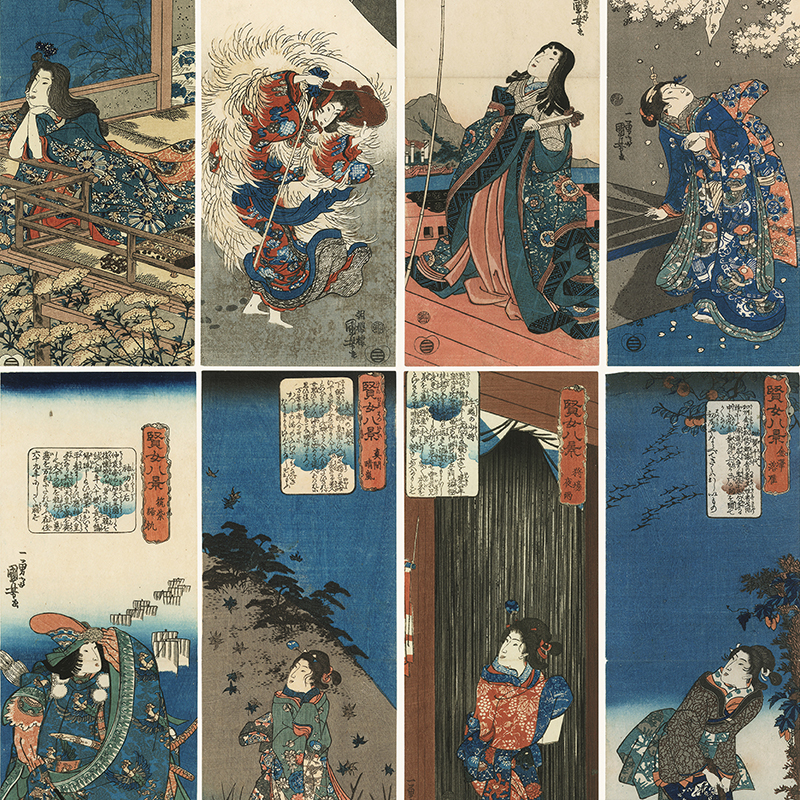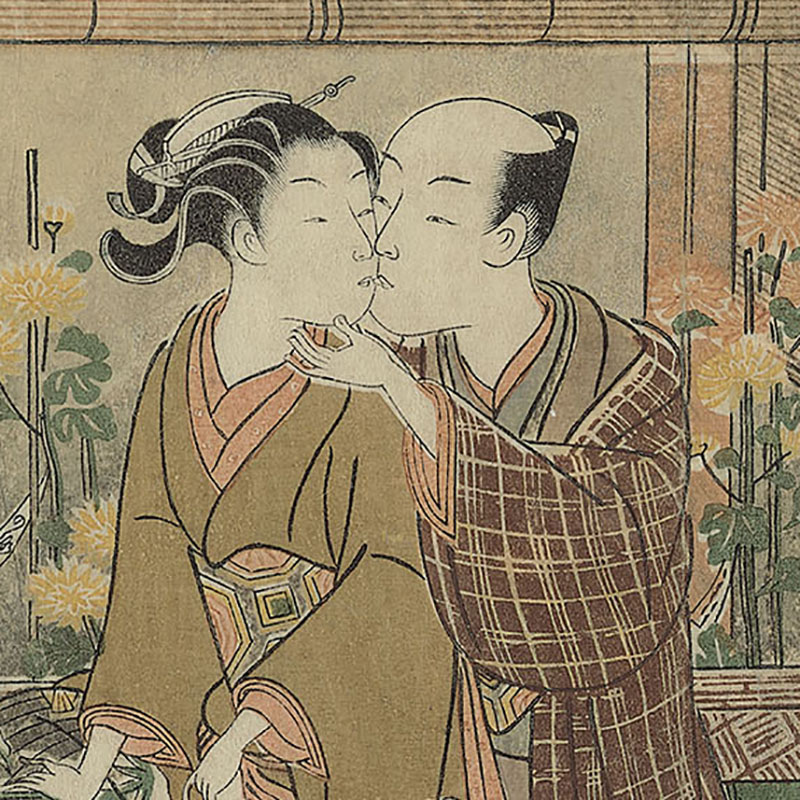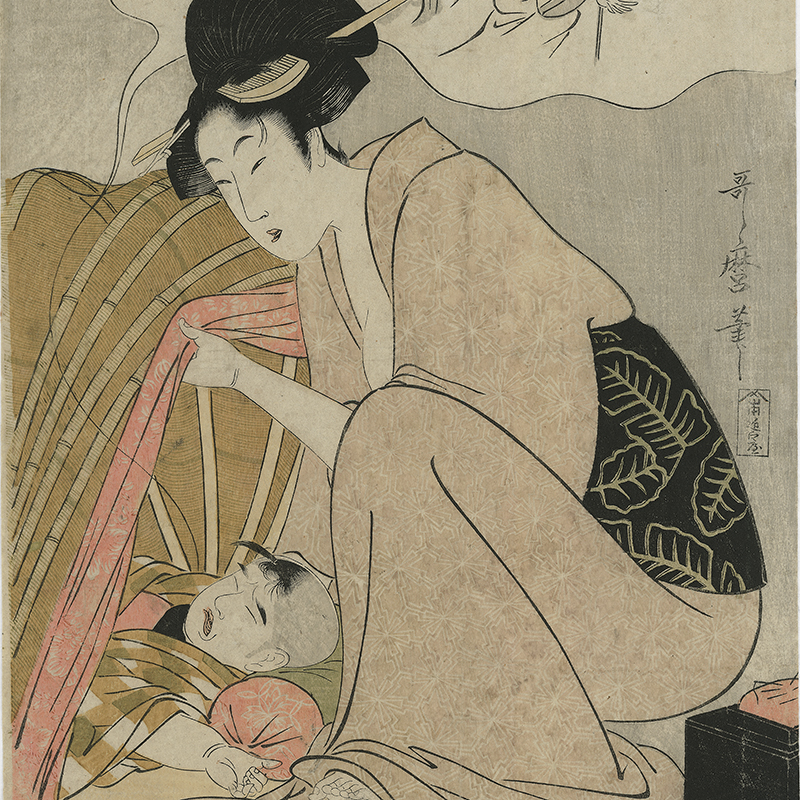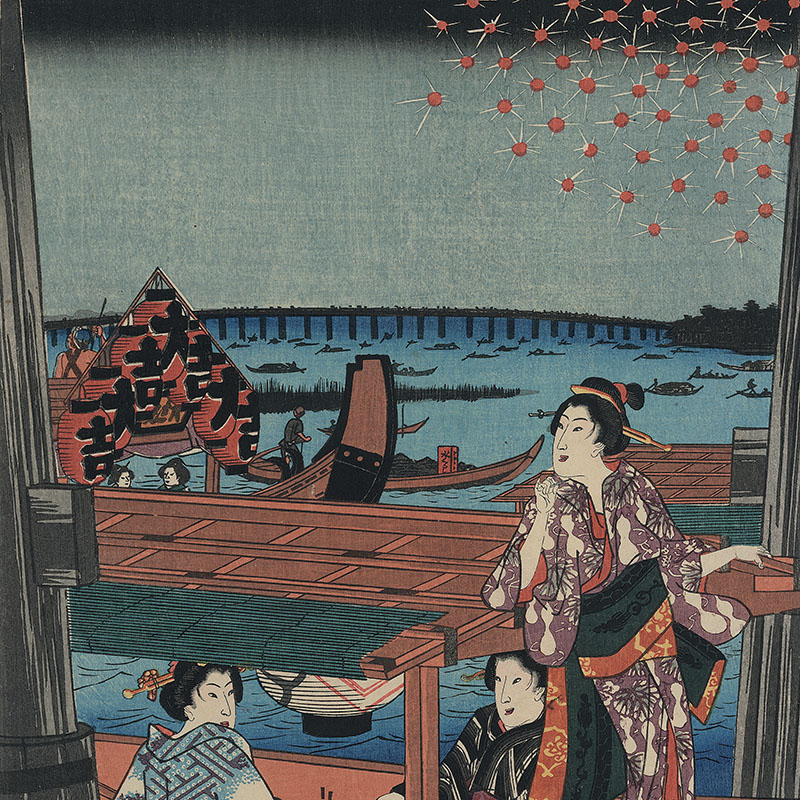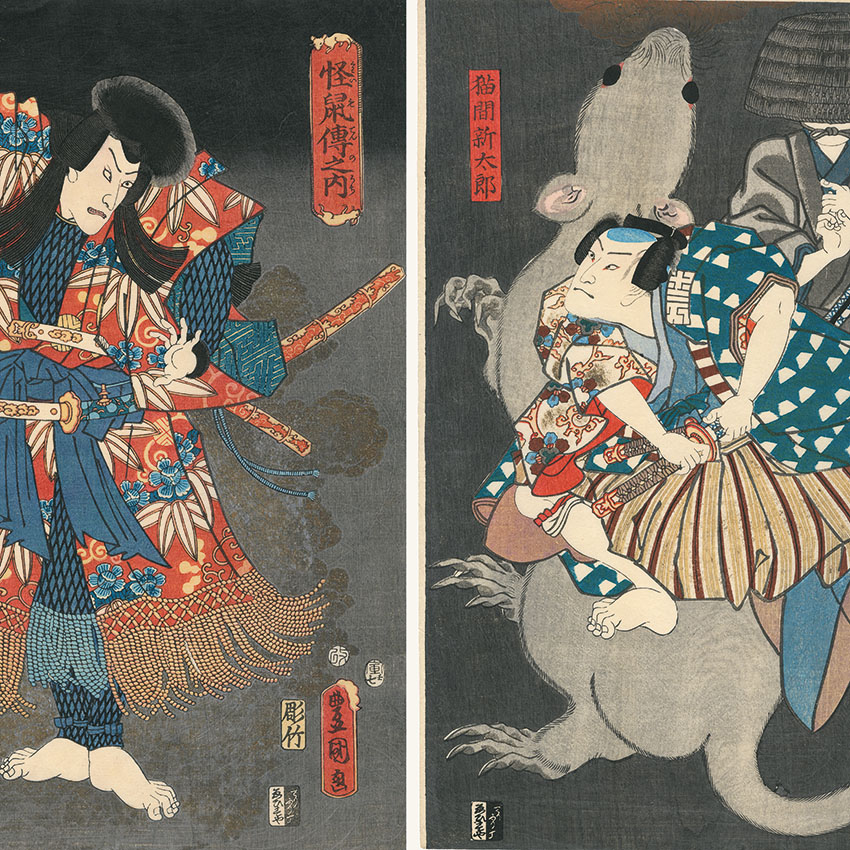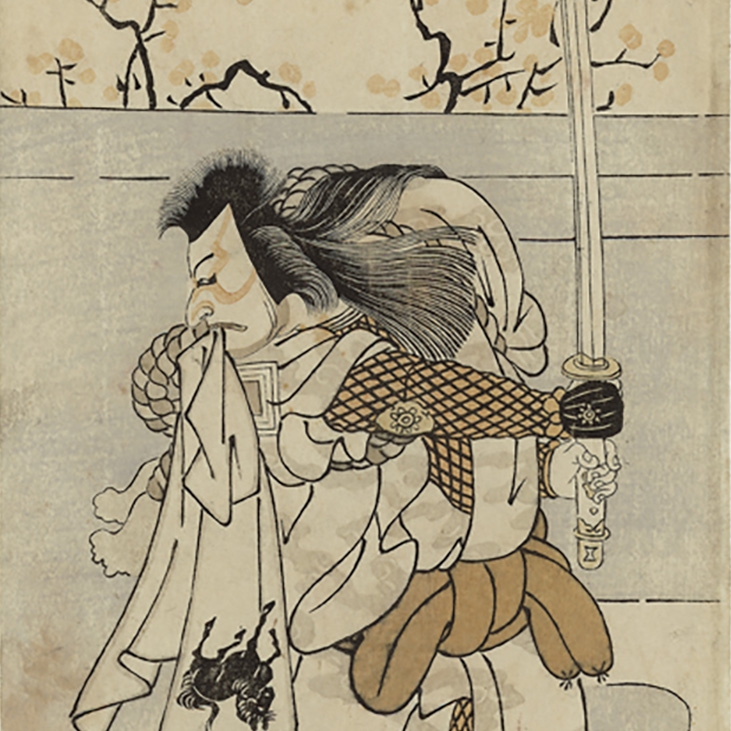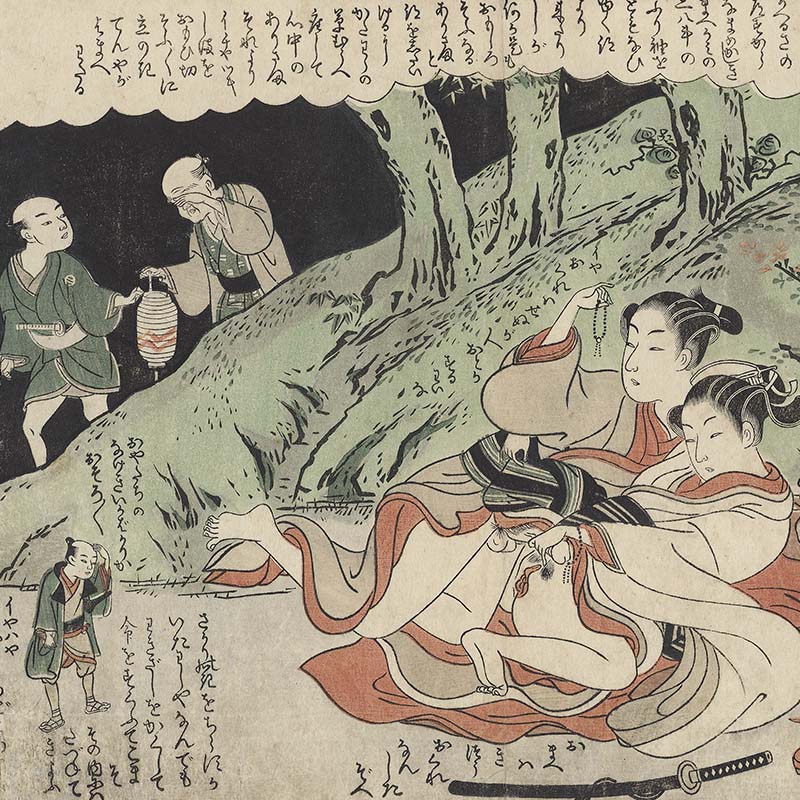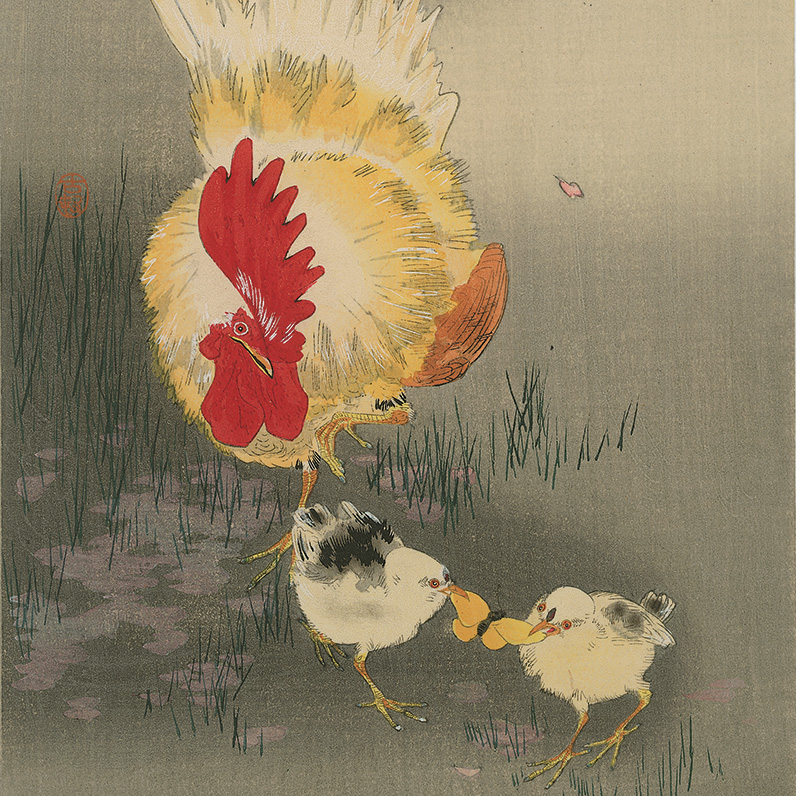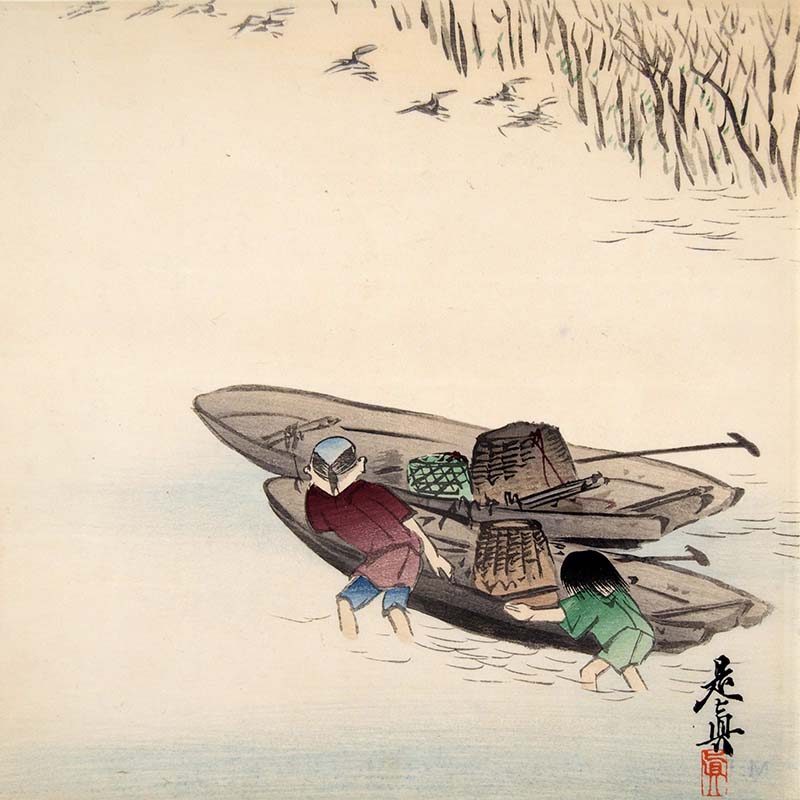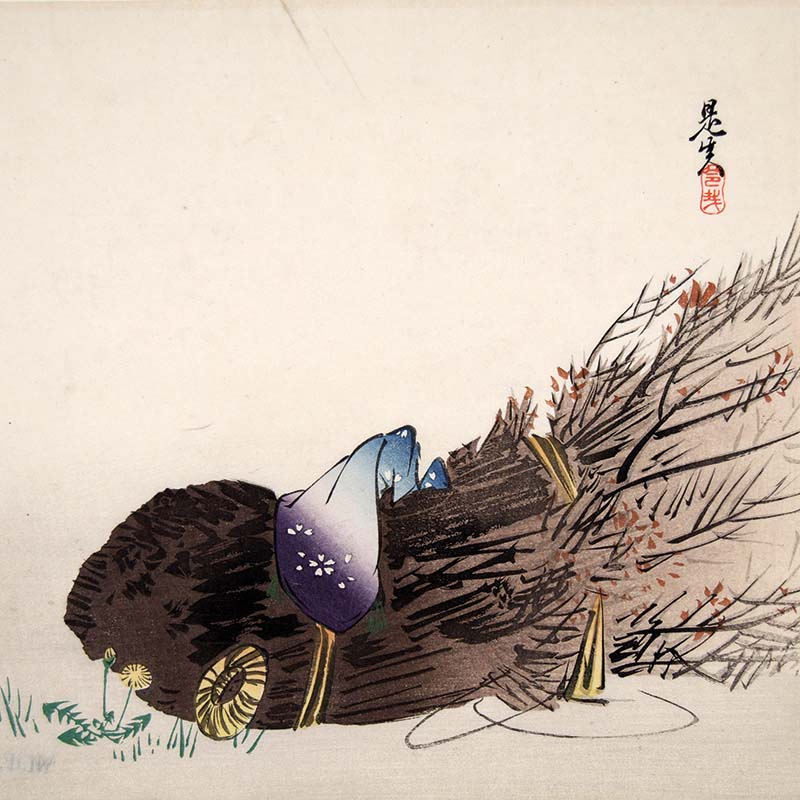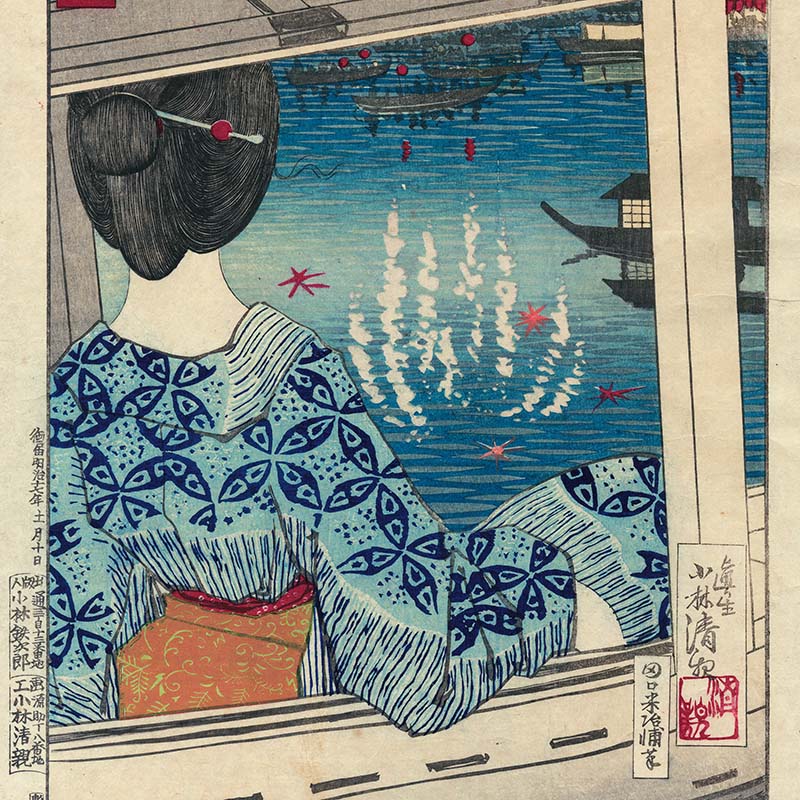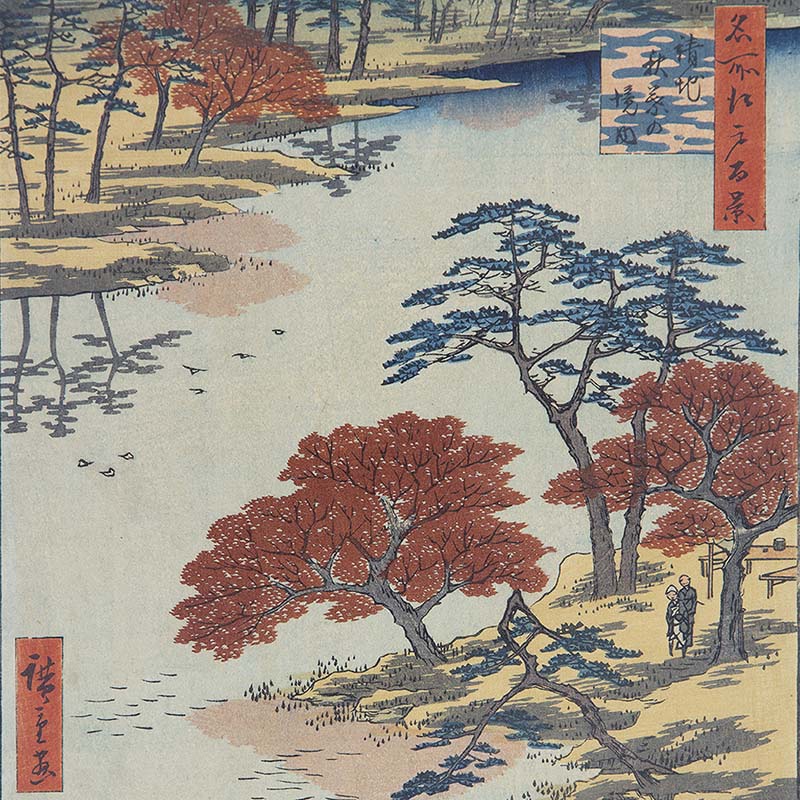Japanese Collection
In this section are presented prints and drawings of the Ukiyo-e school from the 18th century up to the Shin-Hanga school, which revitalizes the Japanese silographic tradition in the 20th century.
The first artists represented are the masters of female beauty of the second half of the XVIII century: Harunobu (c. 1725-1770) and Koryusai (1735-1790), and, subsequently, the designers of beauties of the golden age of polychrome printing, this is Kiyonaga (1752-1815), Utamaro (c. 1753-1806), Shunman (c. 1757-1820), Eishi (1756–1829) and many others.
With the nineteenth century the subjects of the prints differ: the popular kabuki theater and the beauties of the pleasure districts are joined by landscapes, which spread images of the most beautiful places in Japan and of popular life. Today famous artists are also affirmed in the West as Hokusai (1760-1849) and Hiroshige (1797-1858).
The nineteenth century also saw the appearance of surimono, prints commissioned and distributed privately and therefore used the finest techniques and materials, with results that are difficult to imitate today.
In the nineteenth century, which is the period of maximum diffusion of Ukiyo-e prints and illustrated books, the production of warrior prints and legendary-historical subjects is also developed, which still sees Hokusai as the first protagonist and which he finds in Kuniyoshi ( 1798-1861) the most prolific artist in this genre. It is from the school of Kuniyoschi that Yoshitoshi (1839-1892) emerges, the last great Ukiyo-e master, who reflects in his bloody designs the crisis of Japanese identity in the era of the Meiji Revolution (1866-1869).
Finally, the nineteenth century also sees the development, in the Ukiyo-e, of images of nature: prints that convey together grace and immediacy in portraying the flowers and birds of Japan.
In the twentieth century new artists want to recreate the spirit of Ukiyo-e by taking up part of the subjects. The movement, known as Shin Hanga (Nuove Stampe) has the support of excellent publishers such as Watanabe Shôzaburô (1885-1962), able to masterfully print the drawings that these new artists create. Koson (1877-1945) will continue the tradition of images of nature. Other artists take up the theme of the landscape, such as Hasui (1883-1957) and Hiroshi Yoshida (1876-1950), while others, like Goyô (1880-1921) create new fascinating images of feminine beauty.
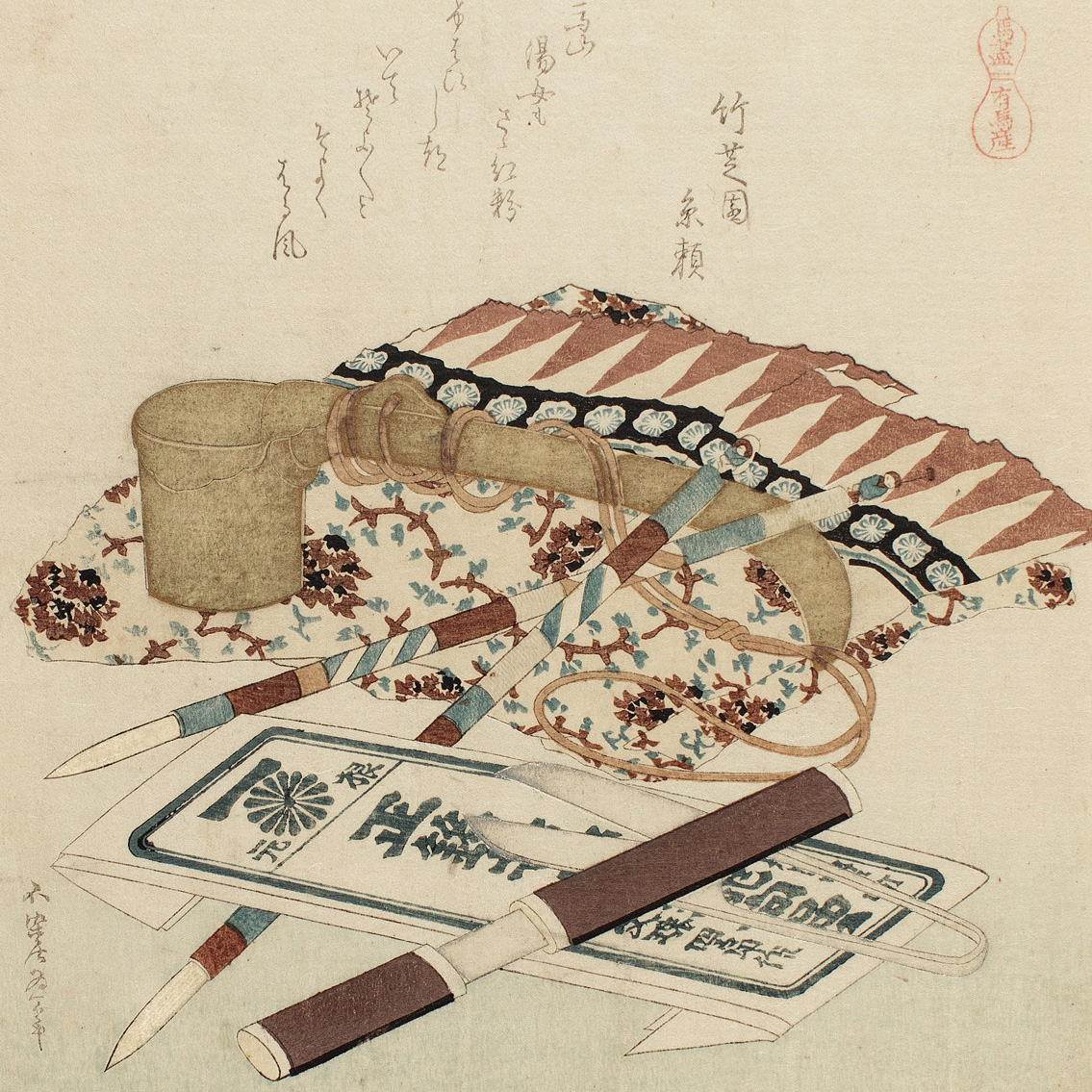
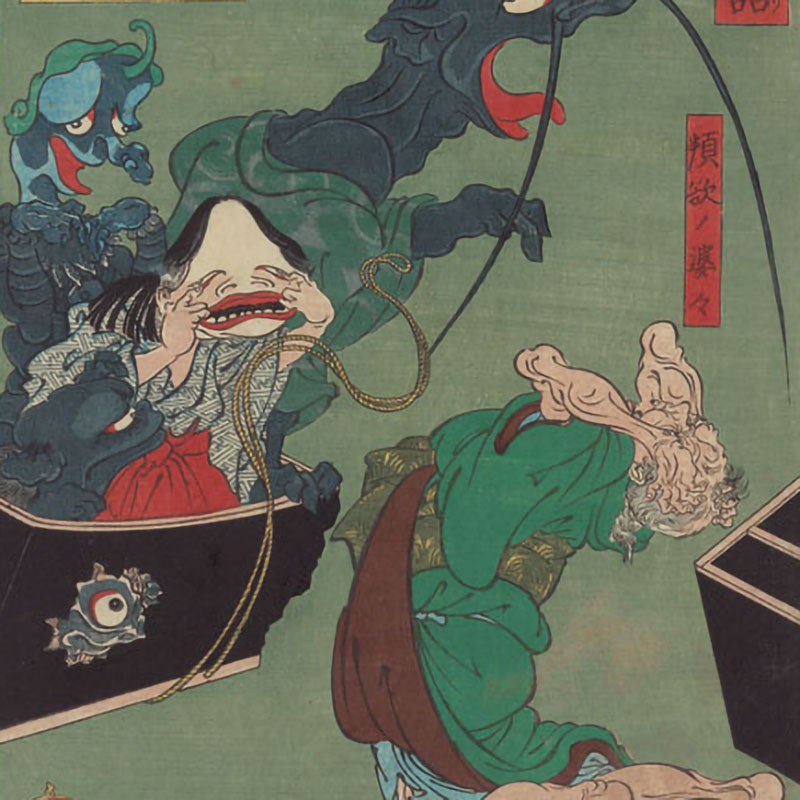
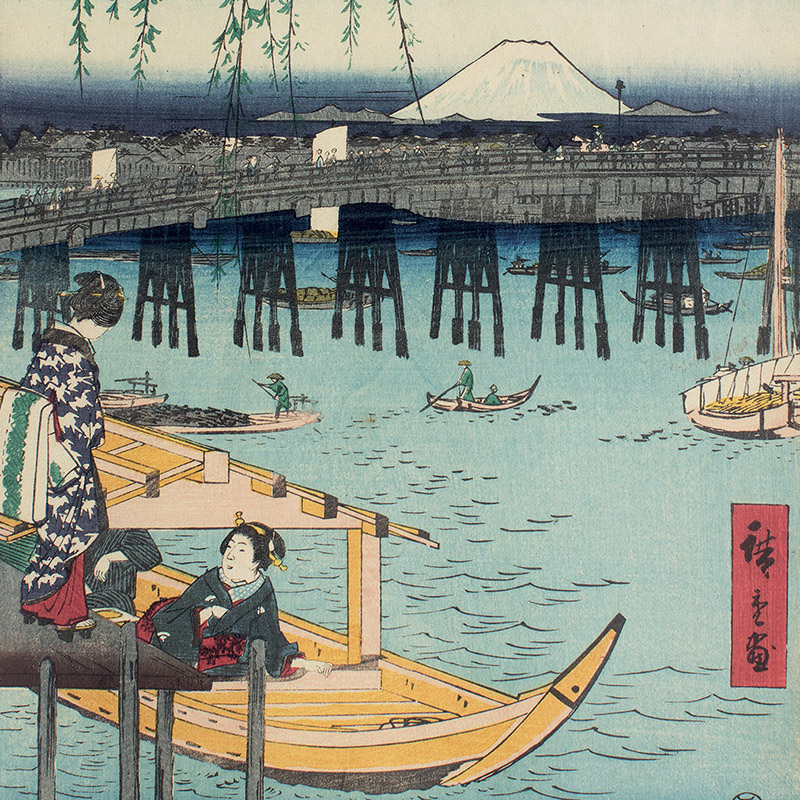
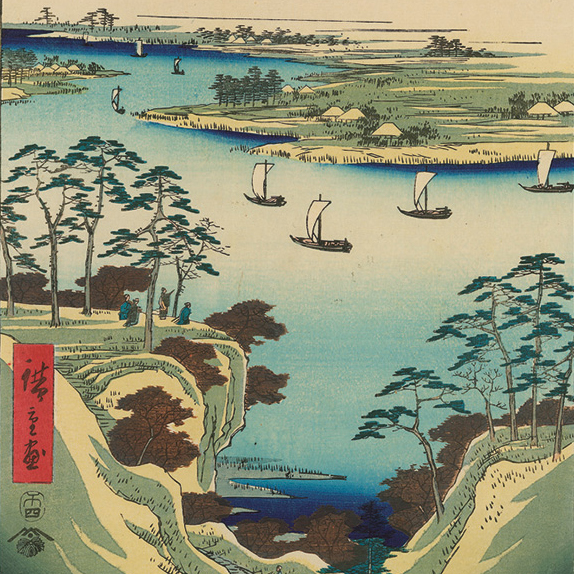
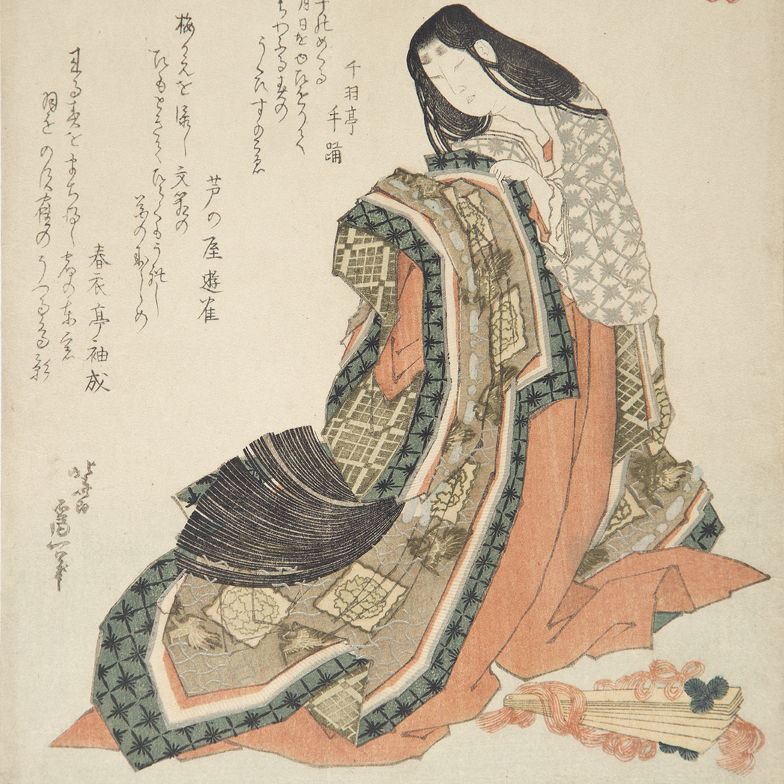
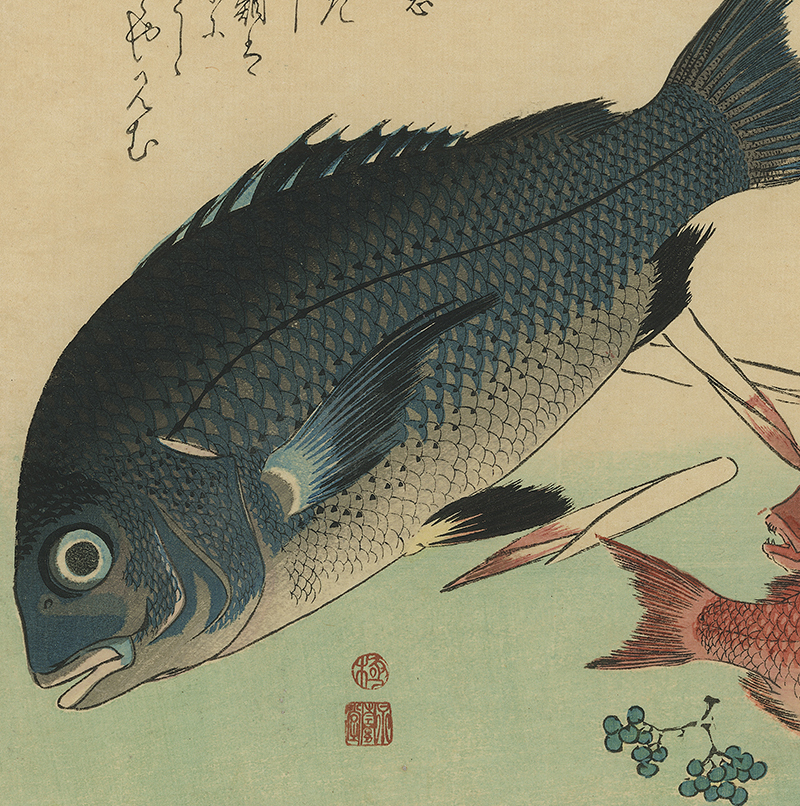
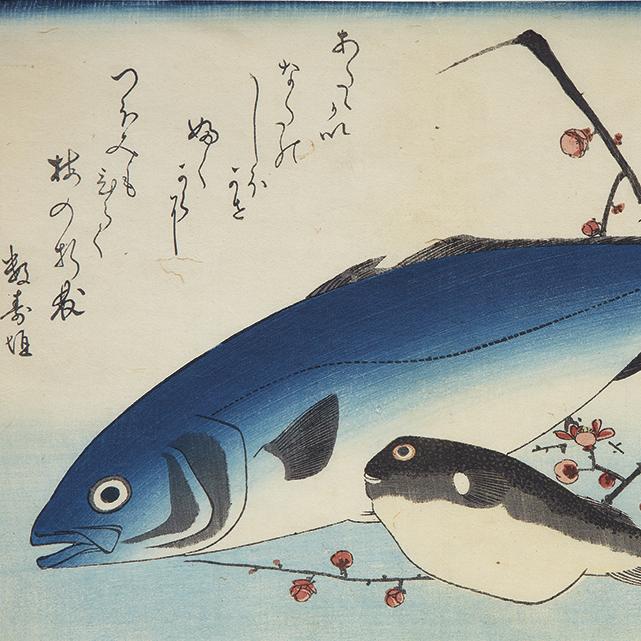
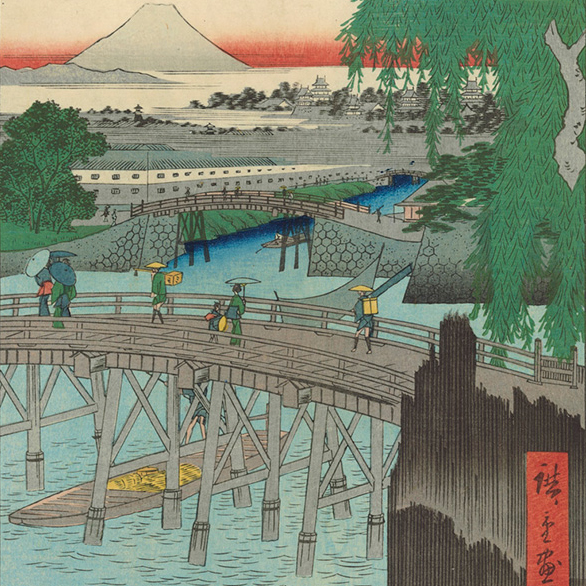
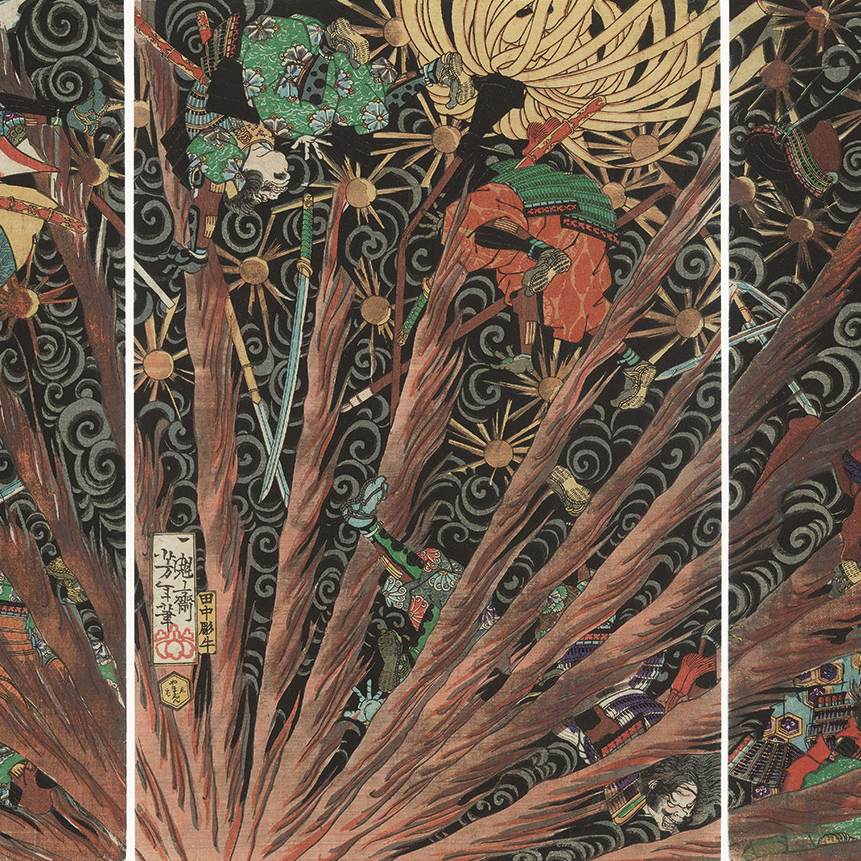
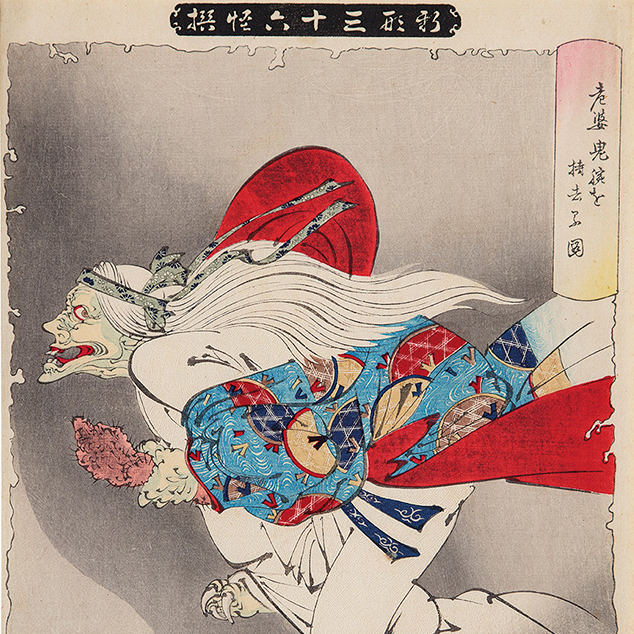
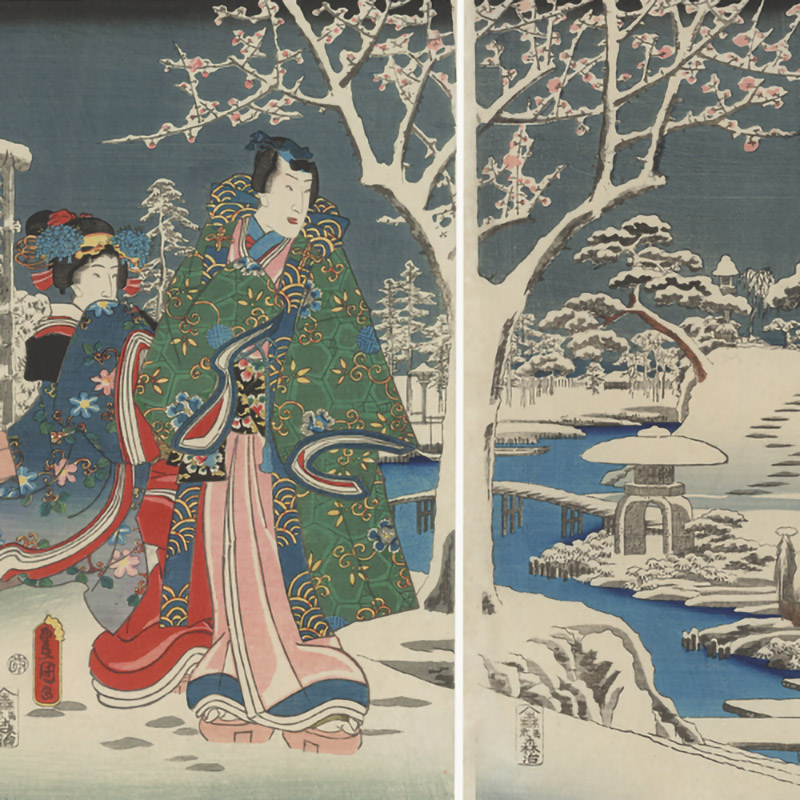
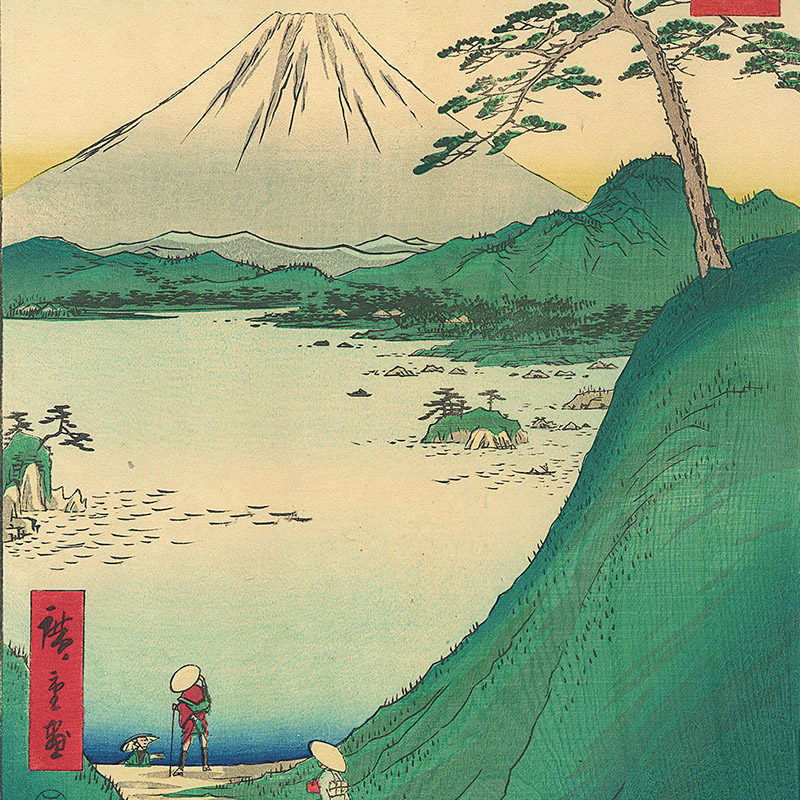
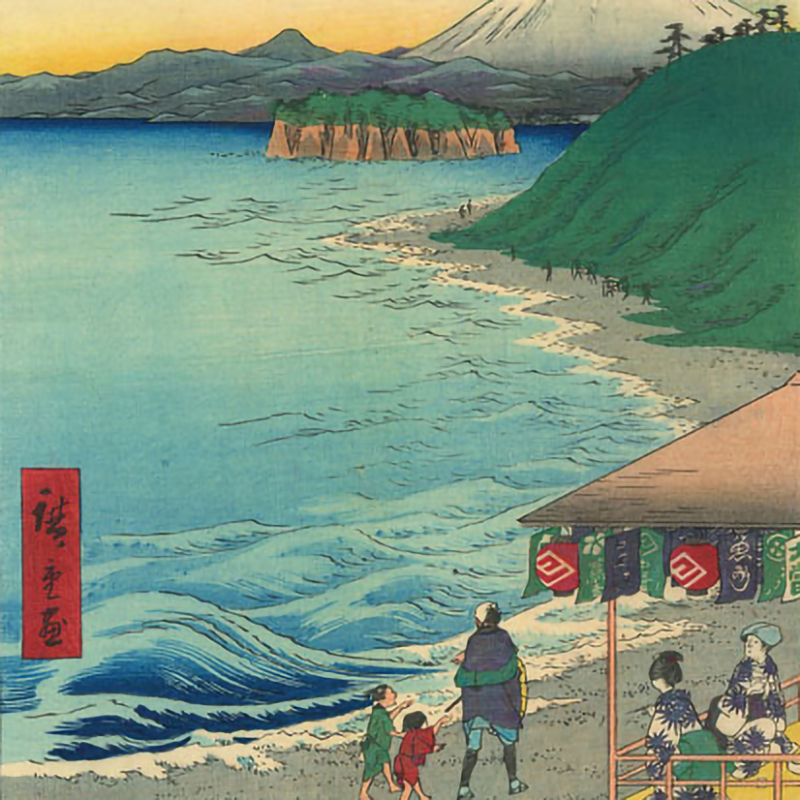
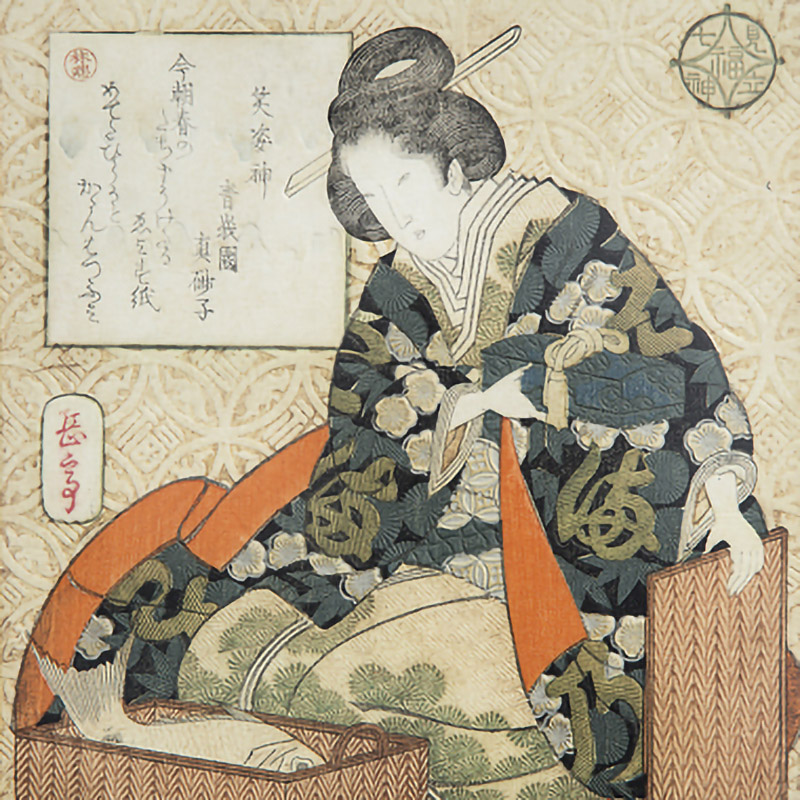
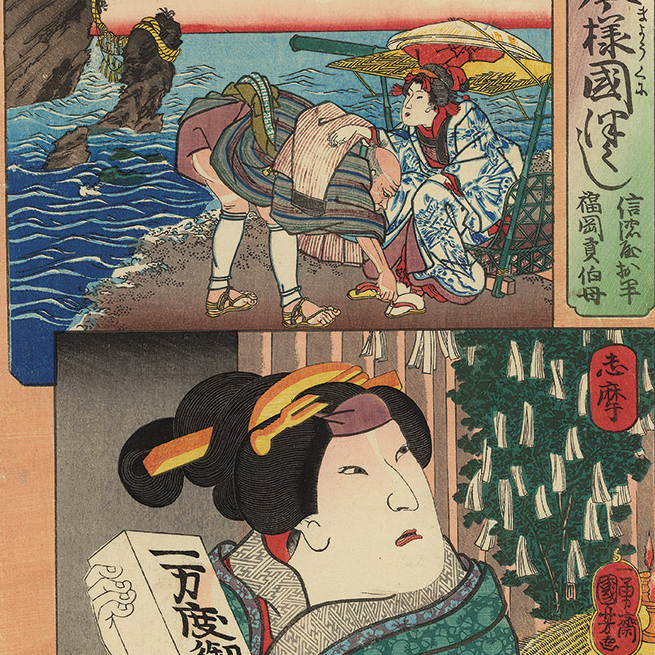
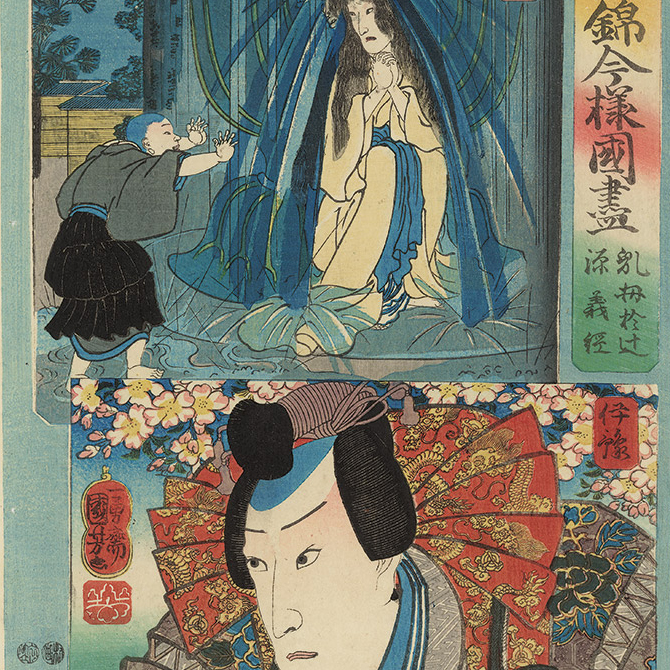
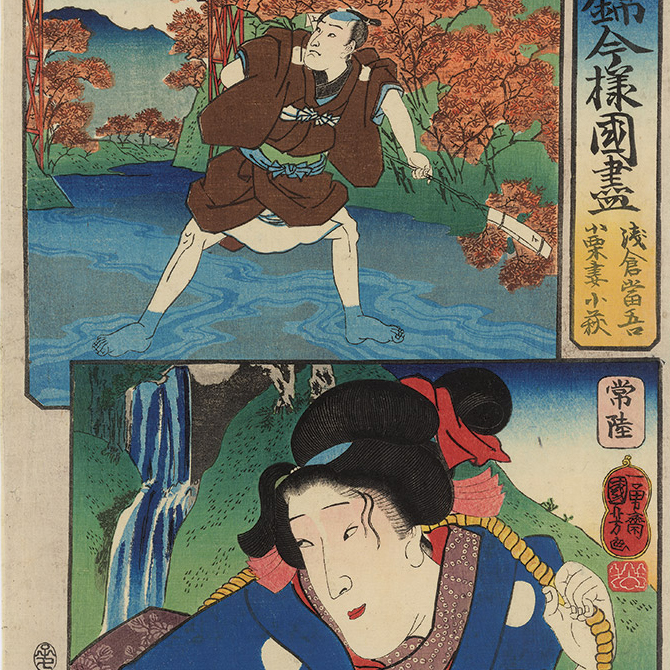
, CORTIGIANA STANTE CON UN VENTAGLIO_bassa.jpg)
, FIGURA FEMMINILE CON PIPISTRELLO_bassa.jpg)
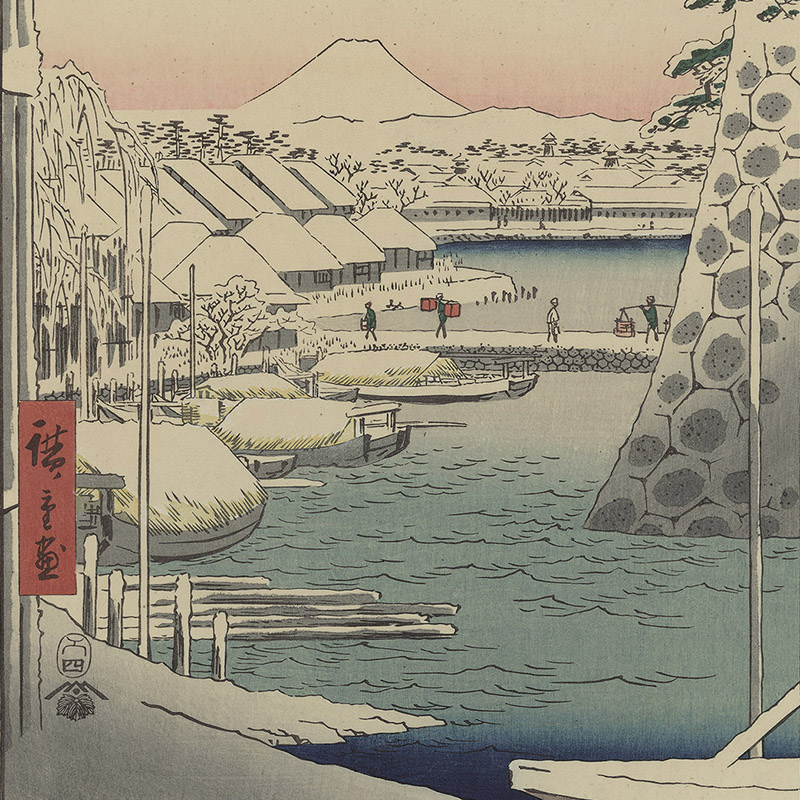
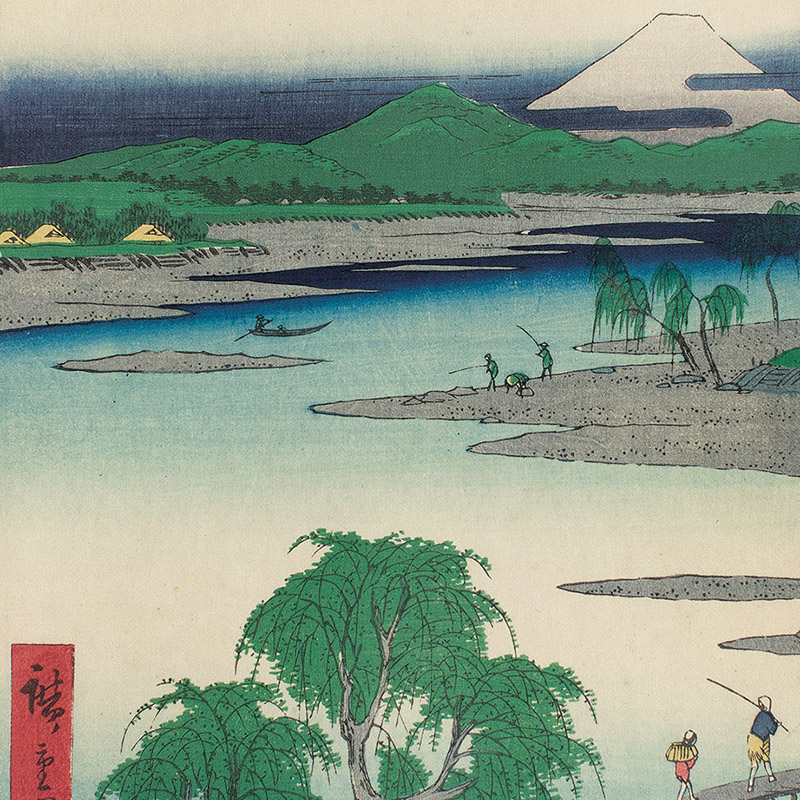
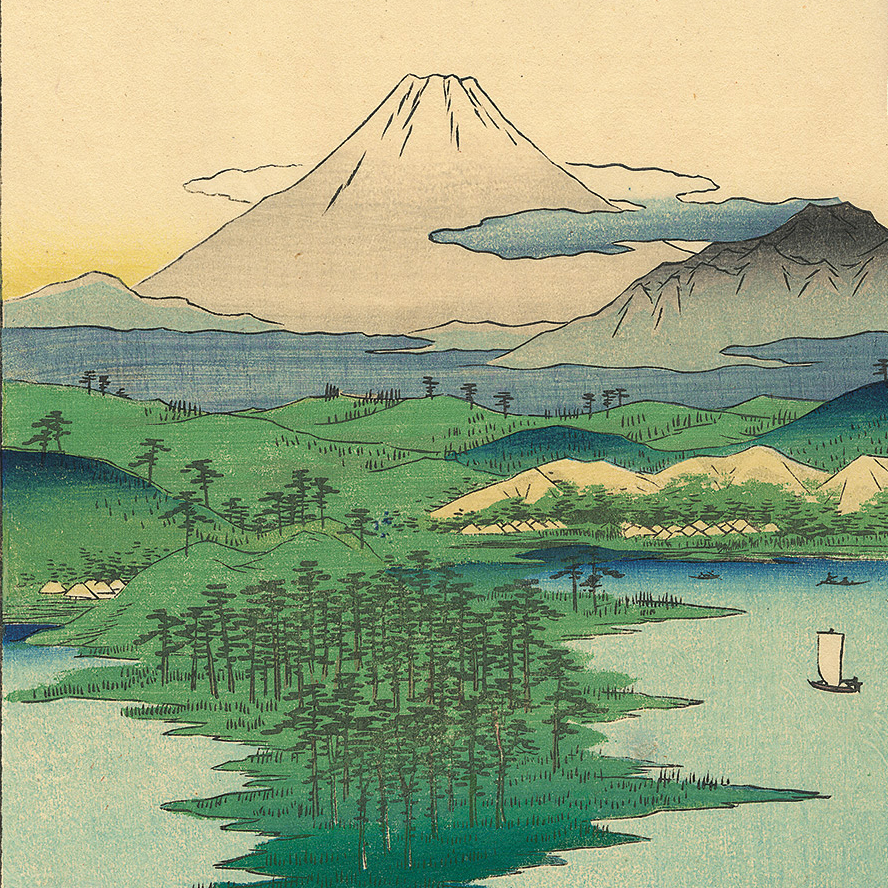
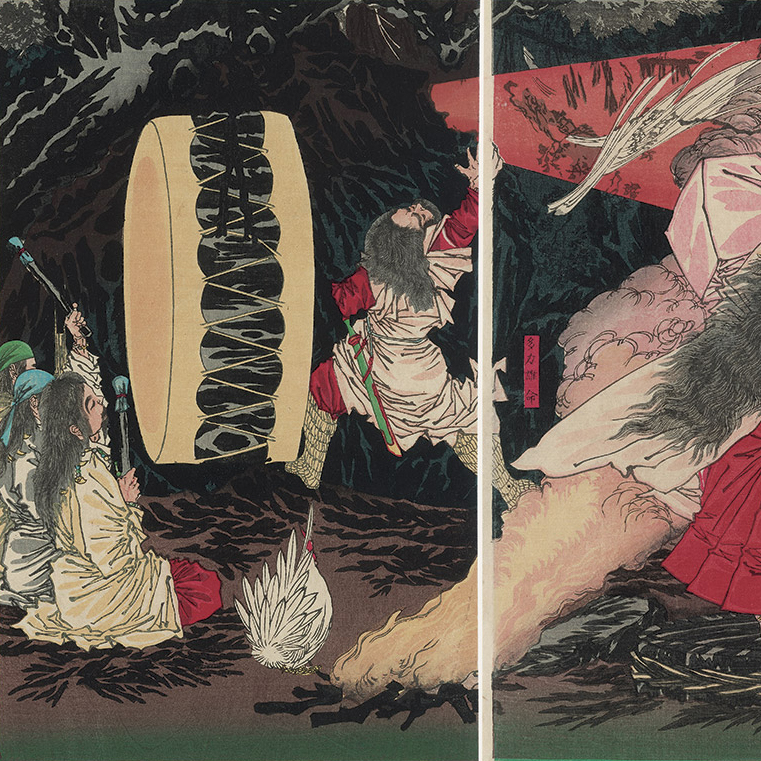
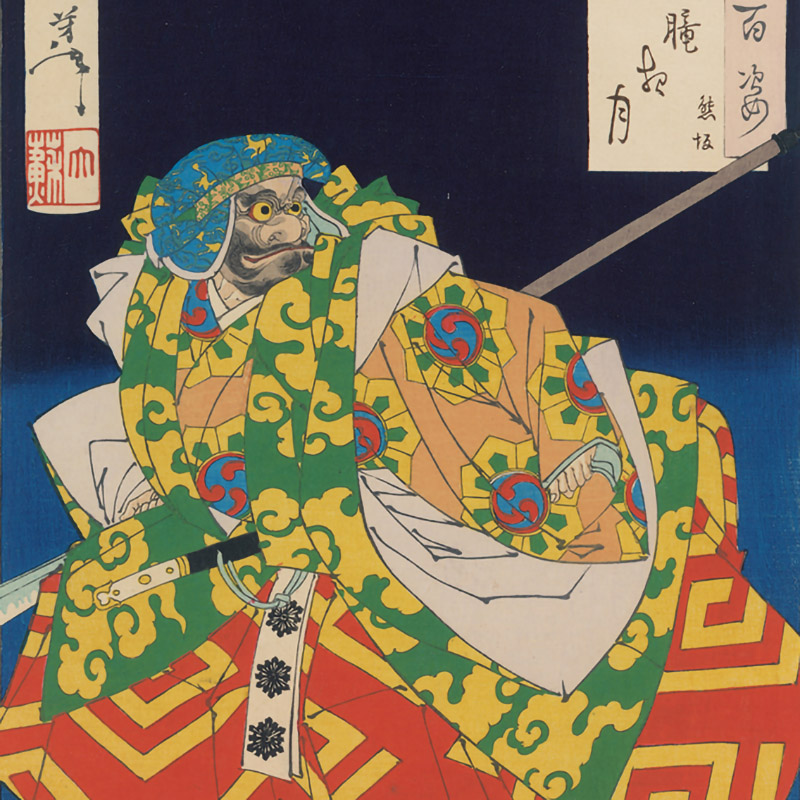

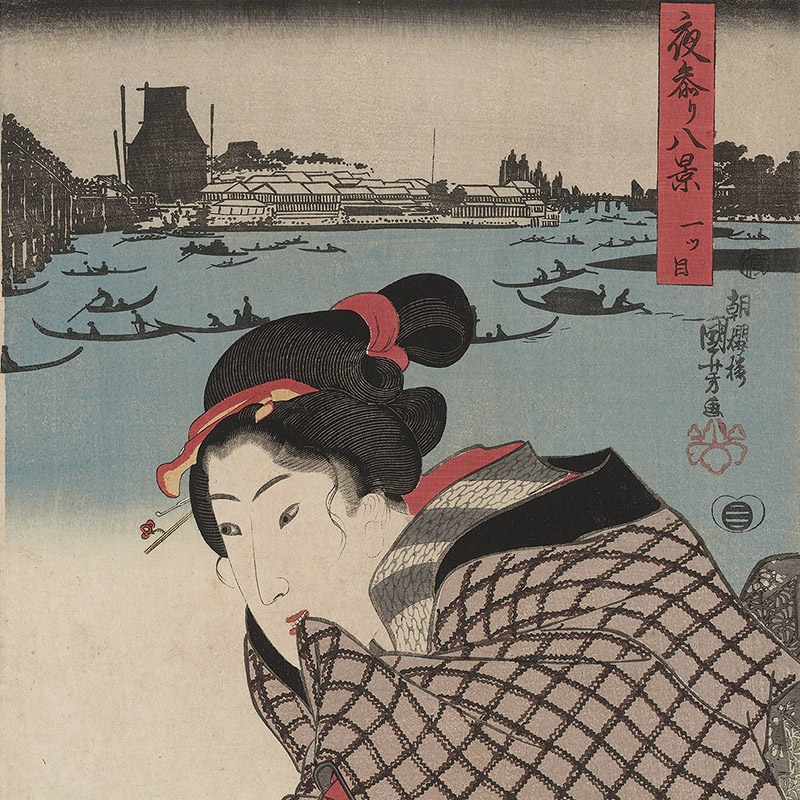
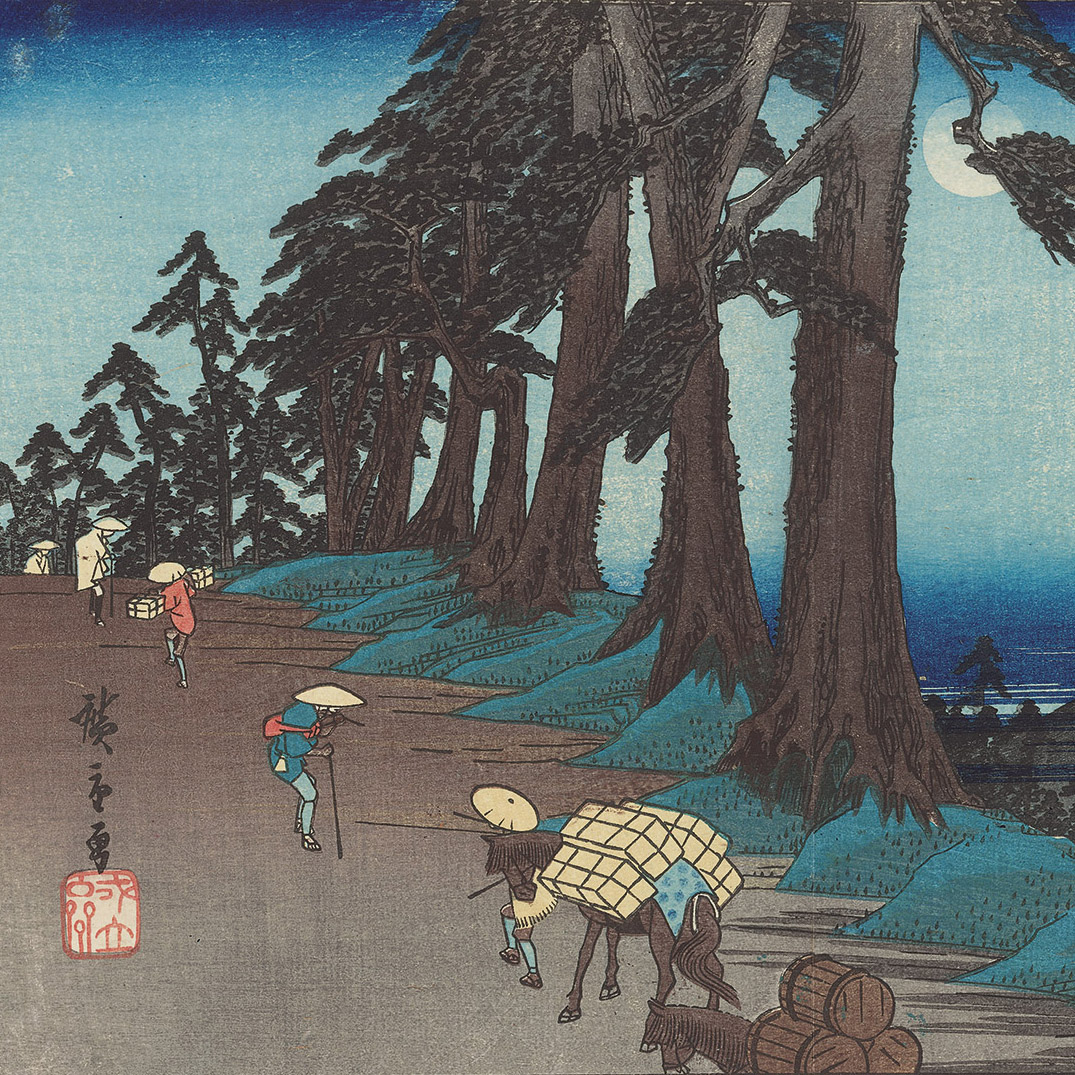
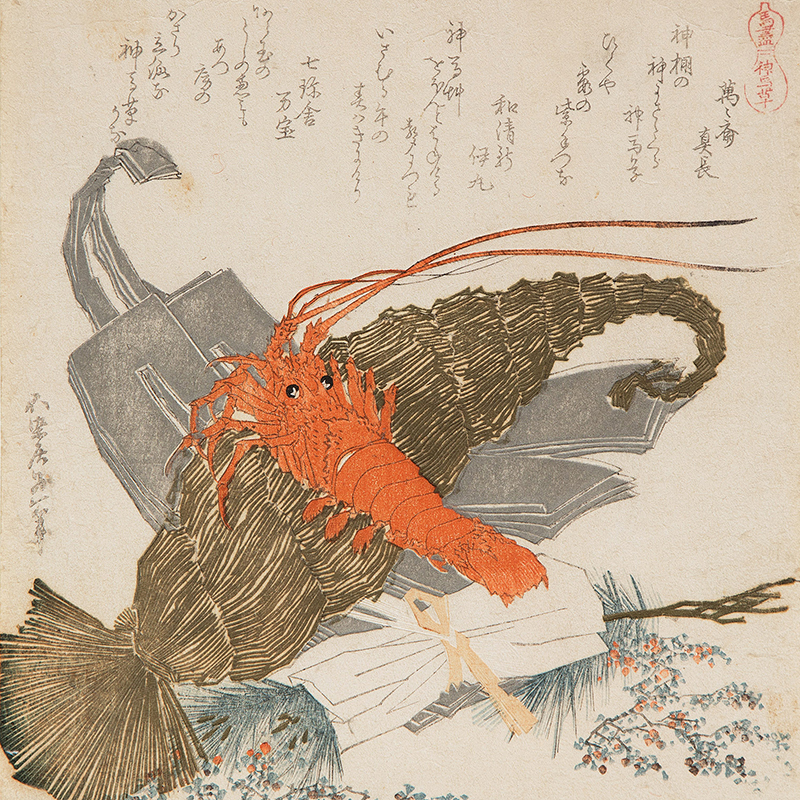
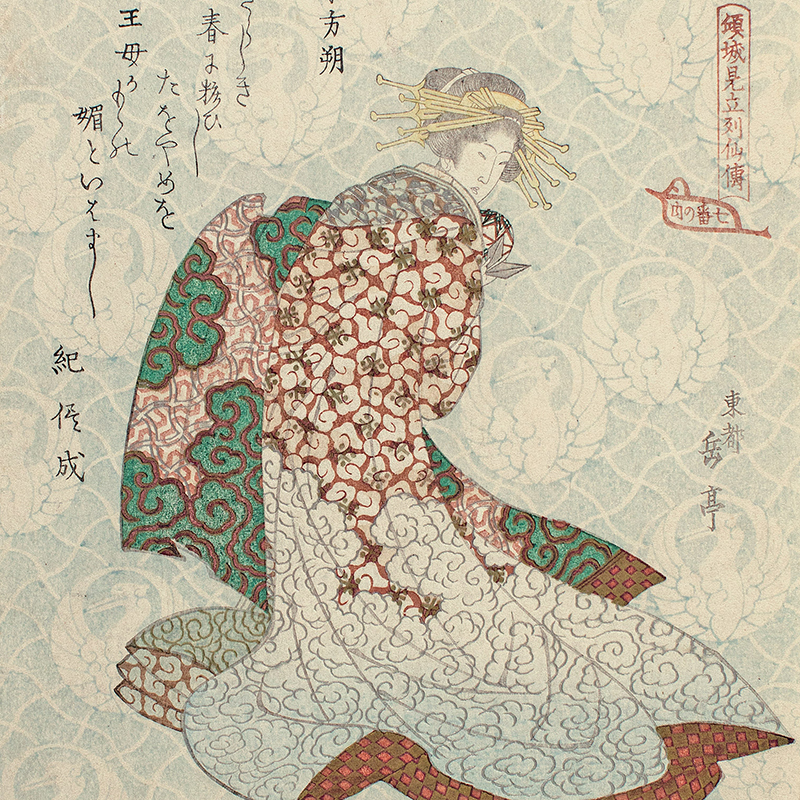
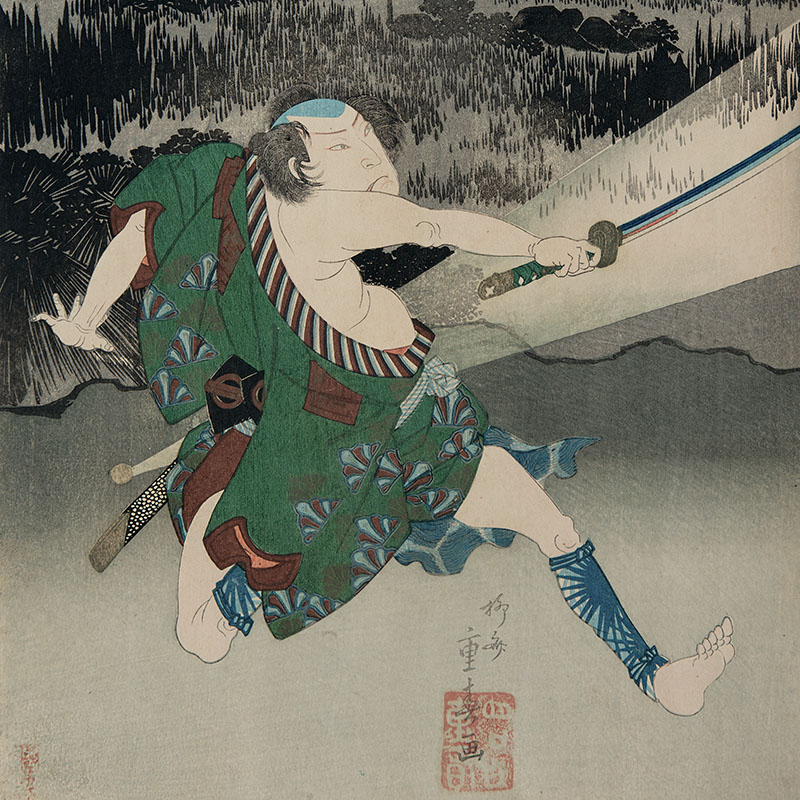
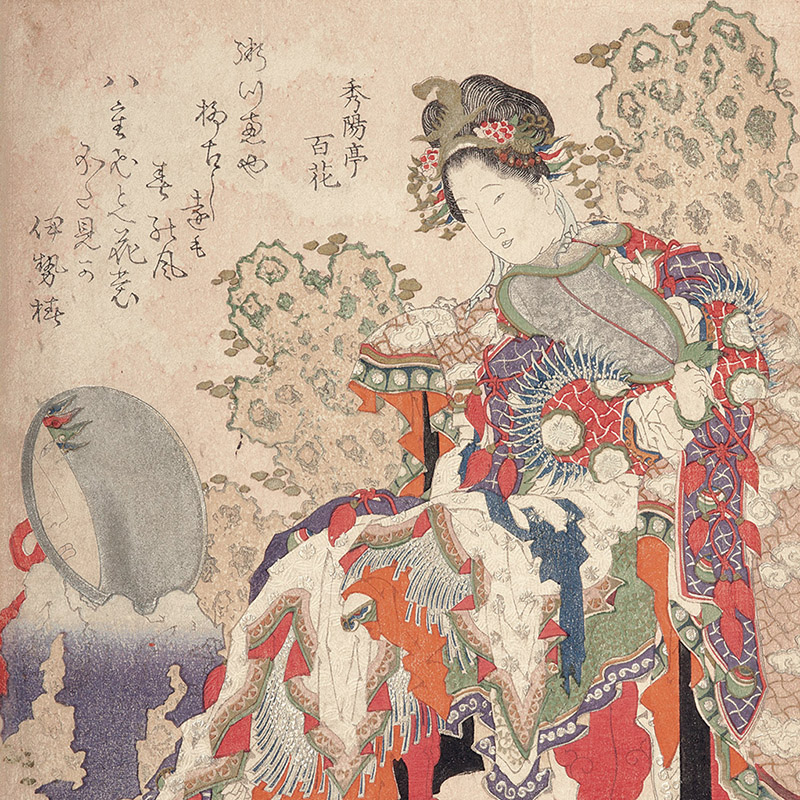
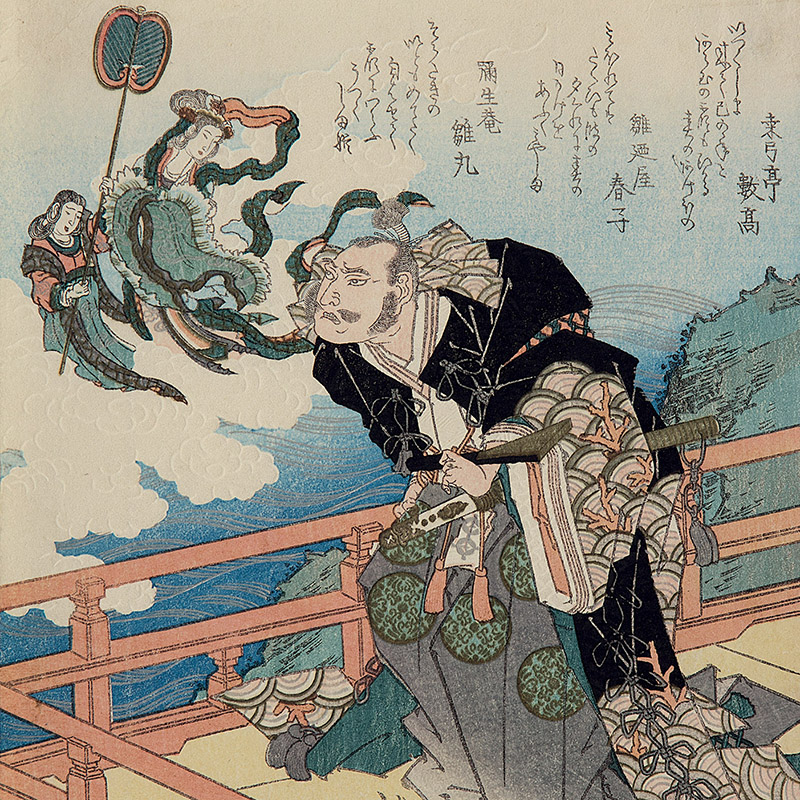
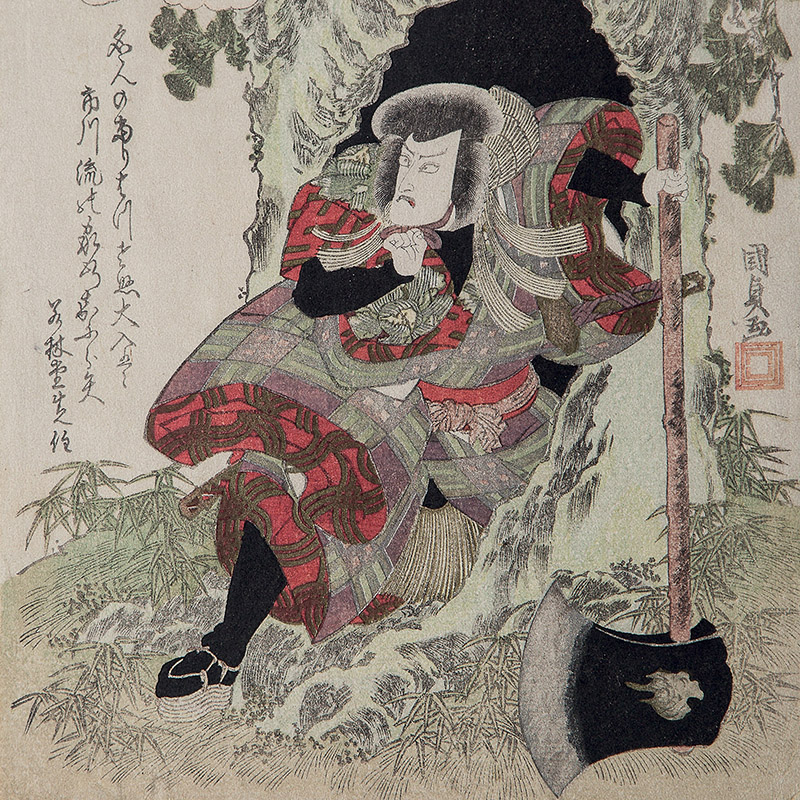
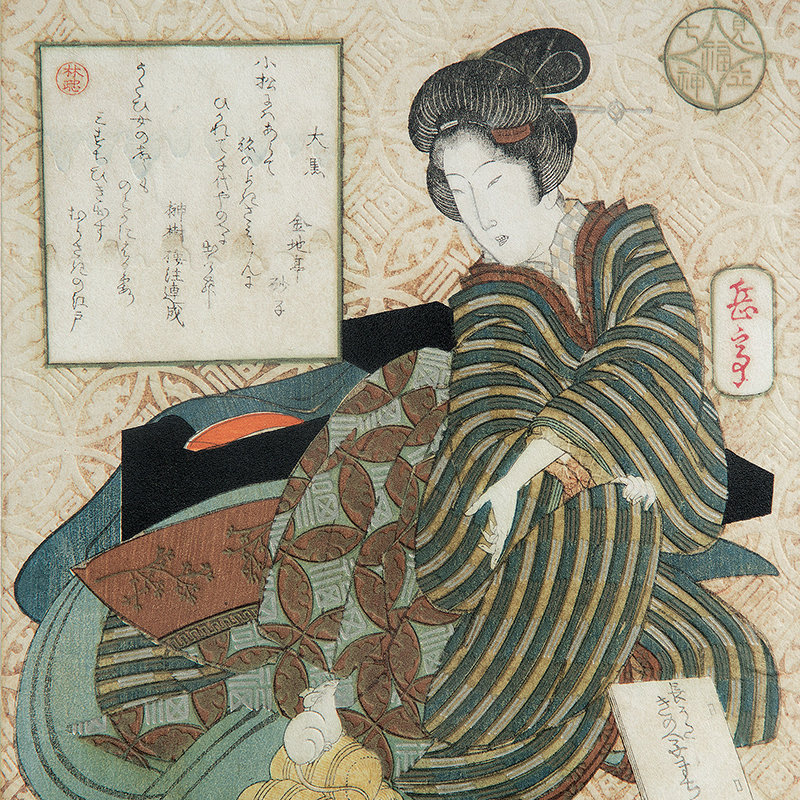
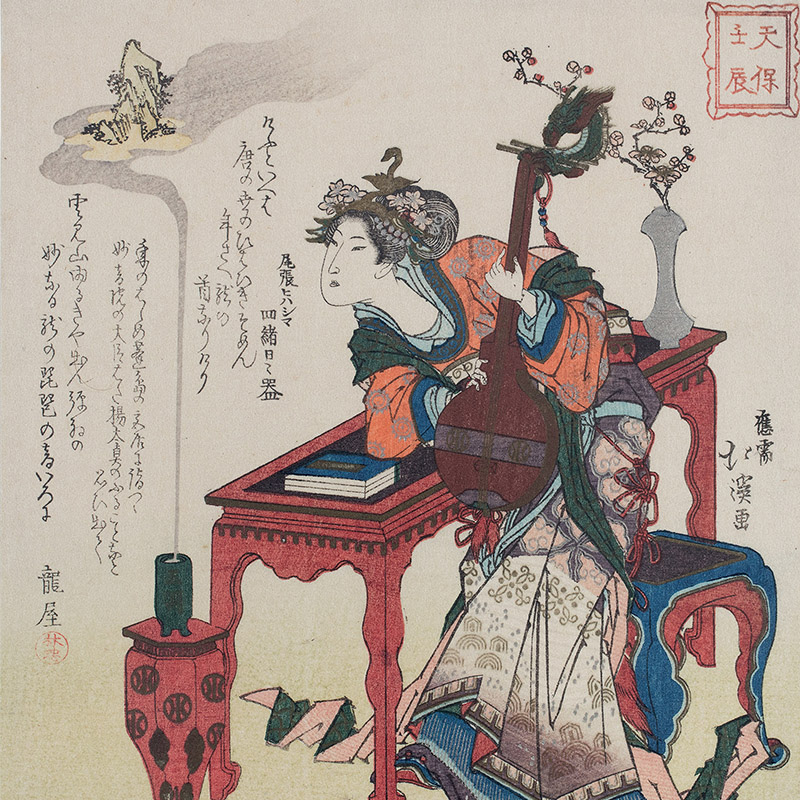
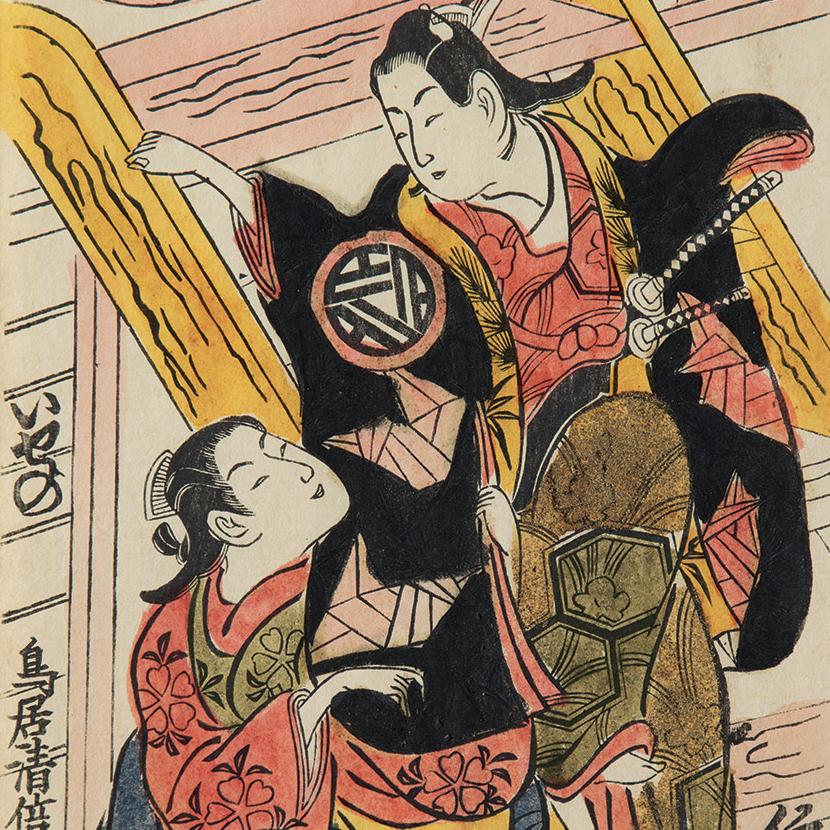
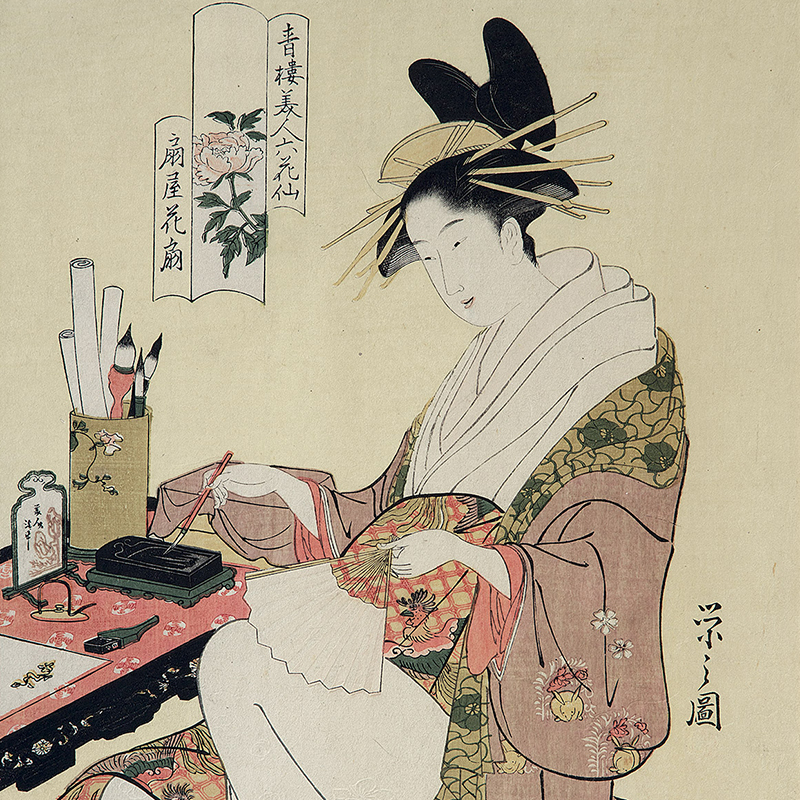
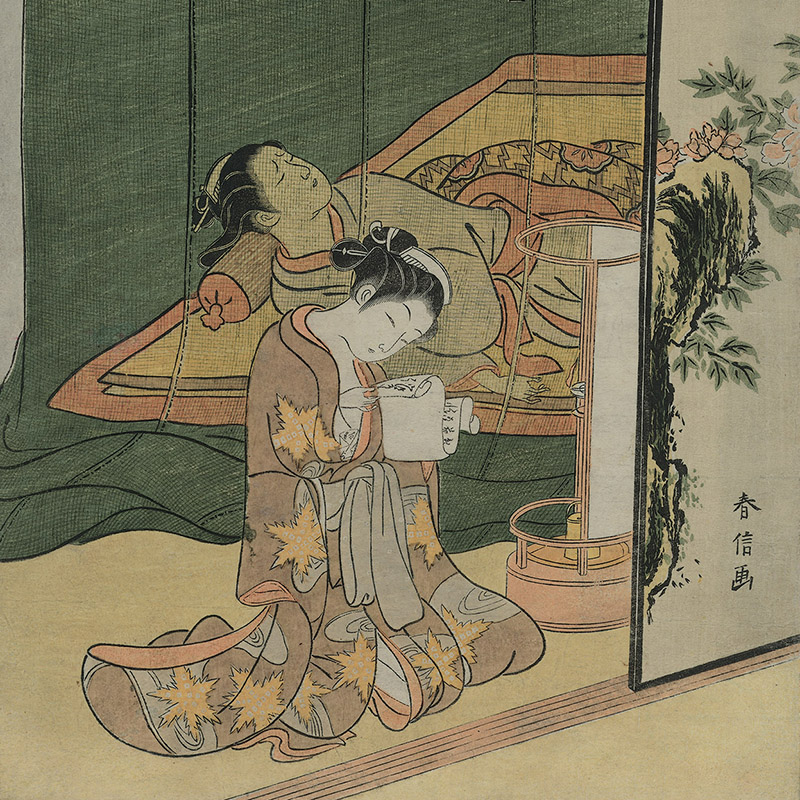
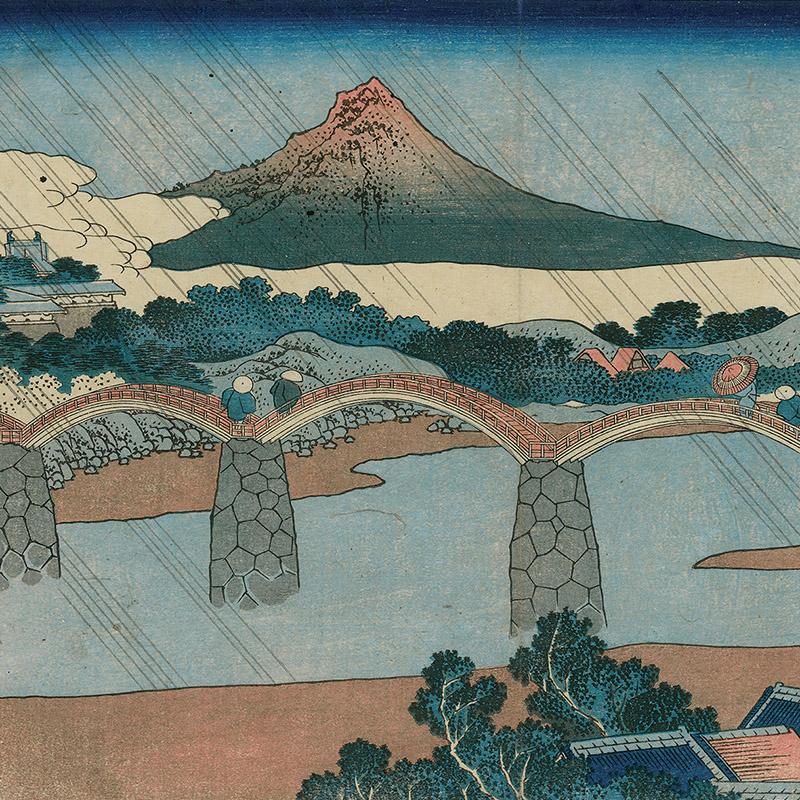
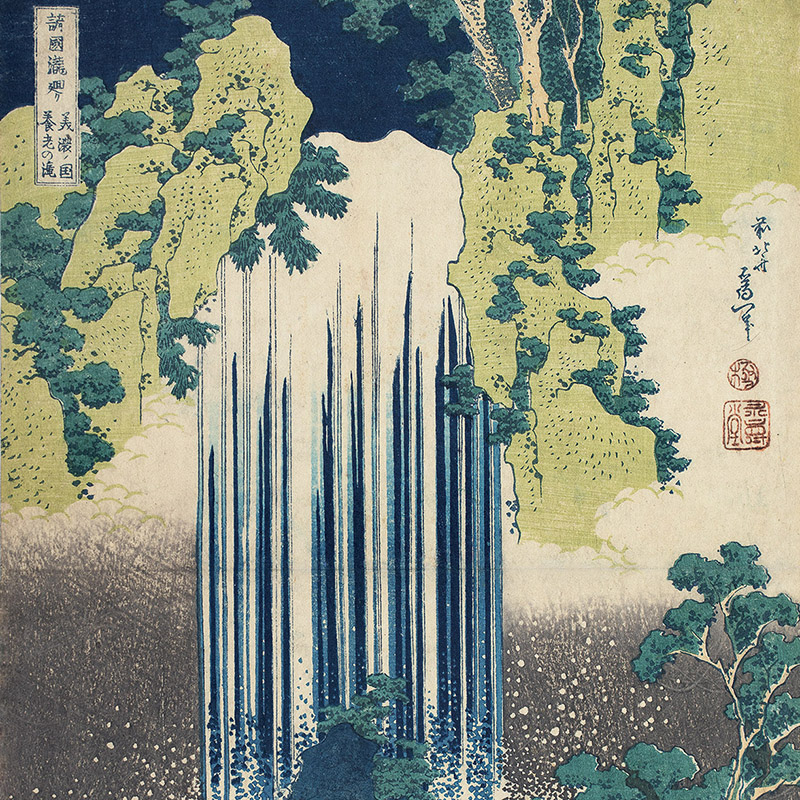
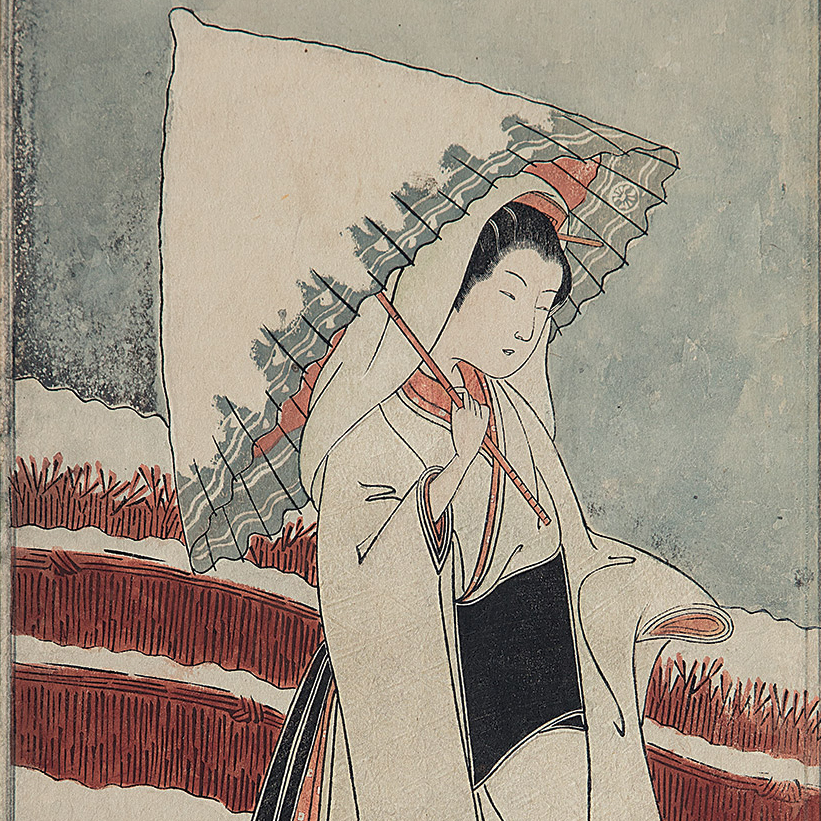
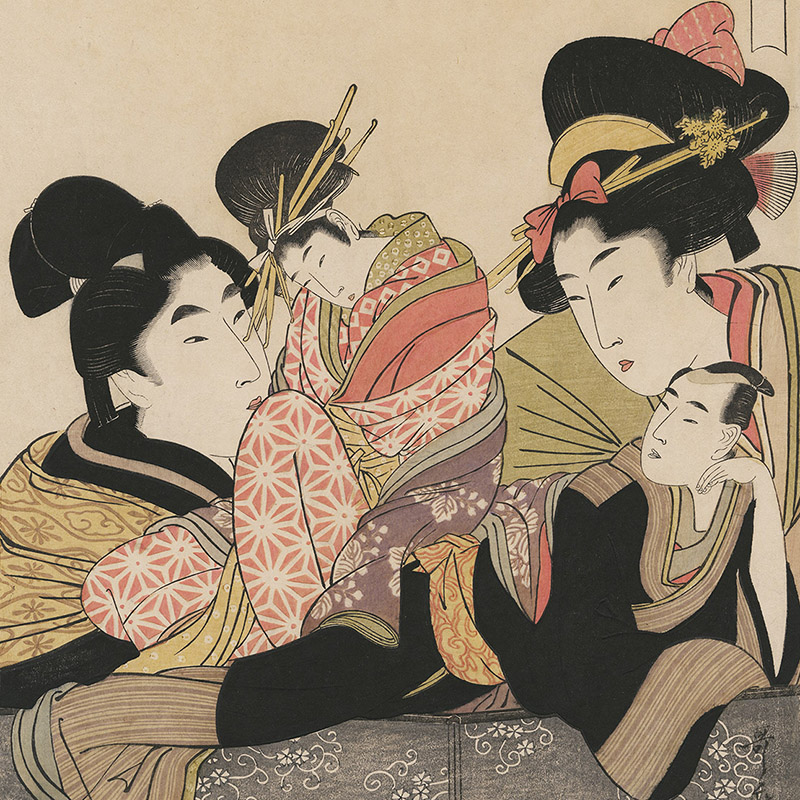
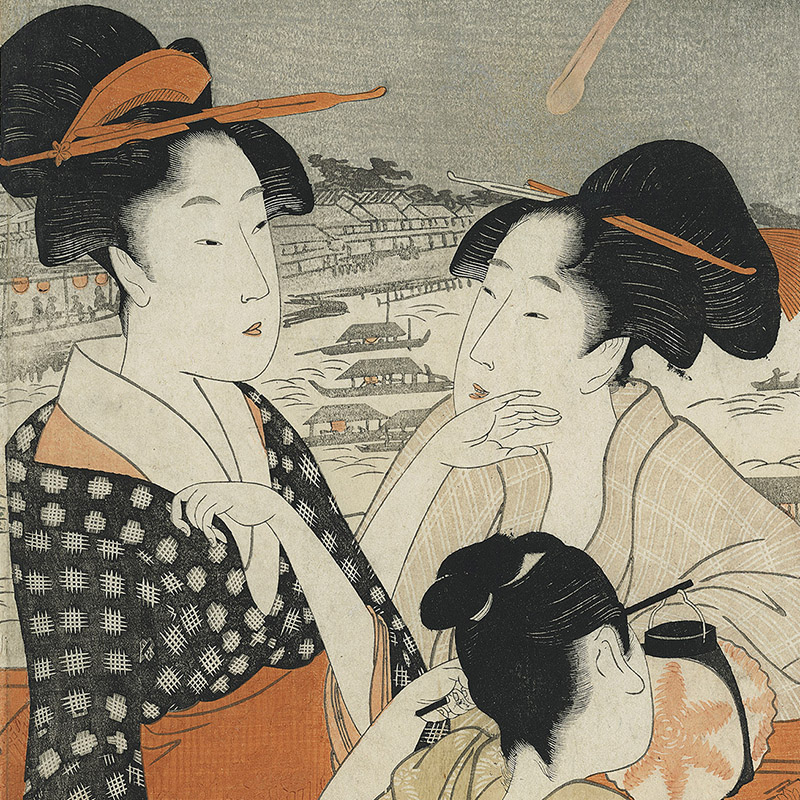
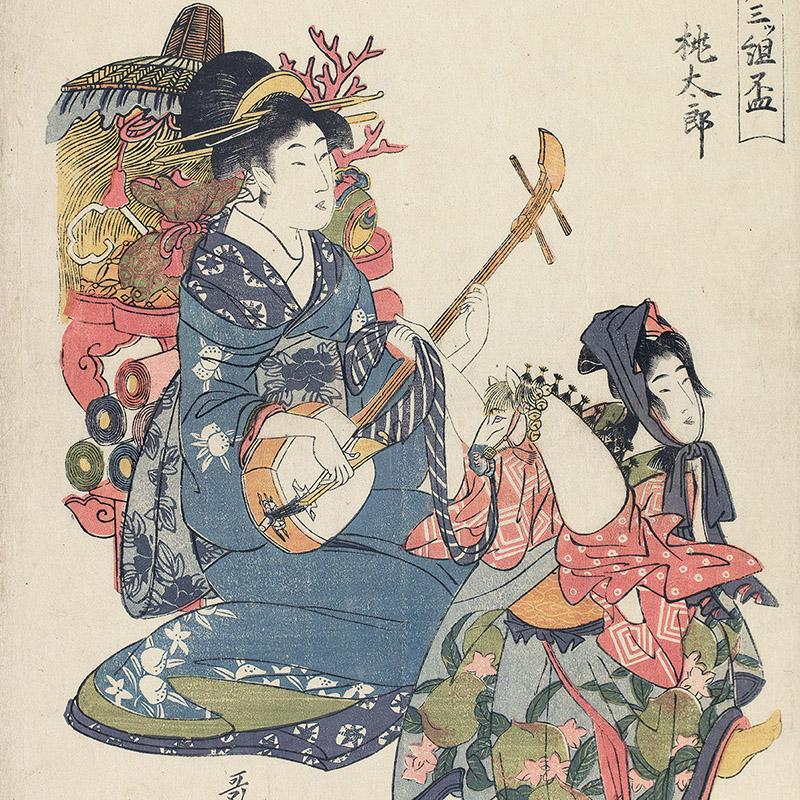
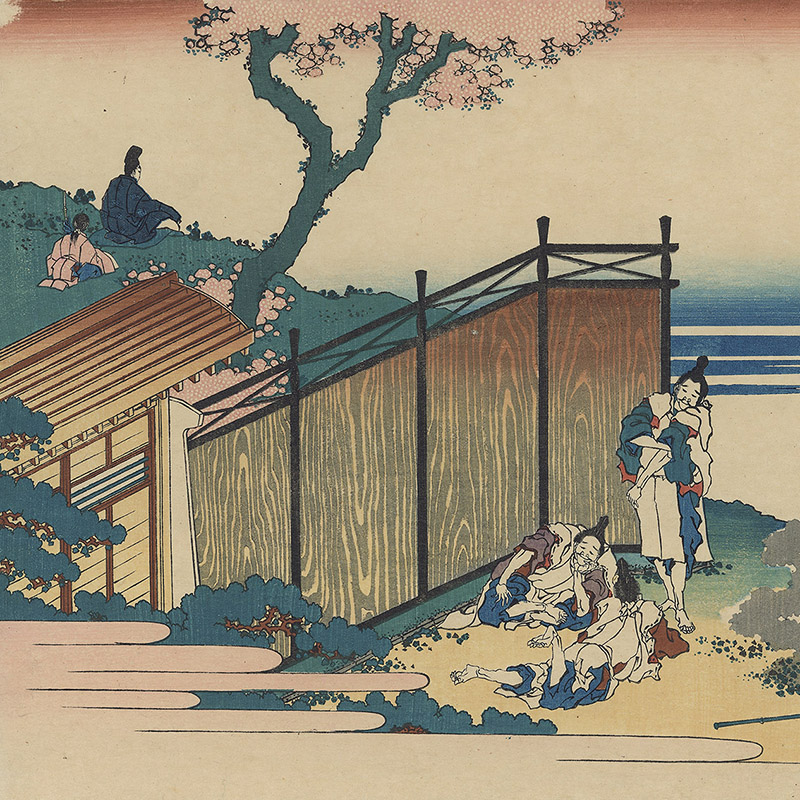
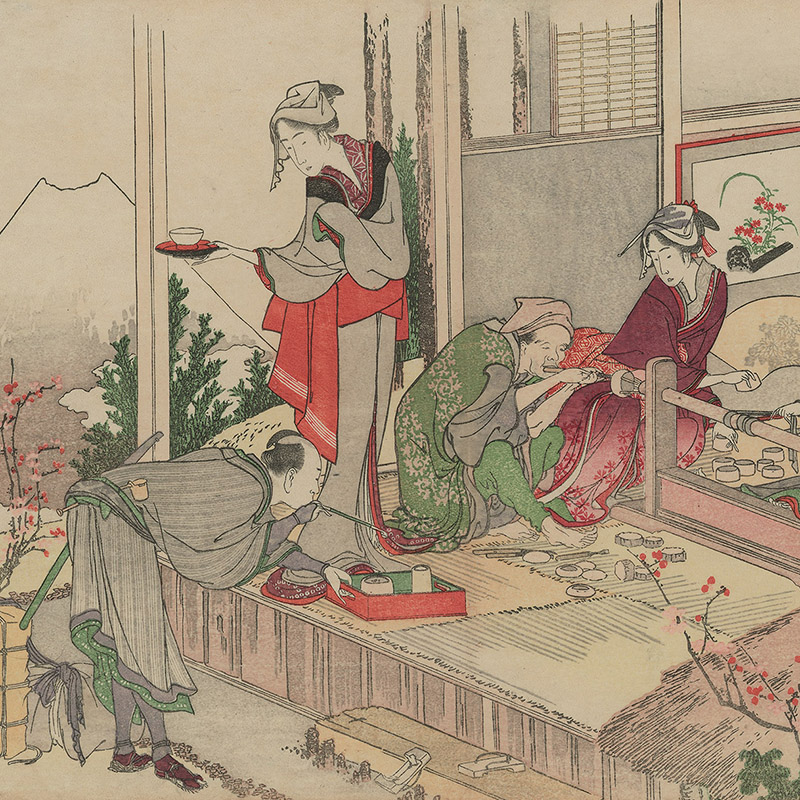
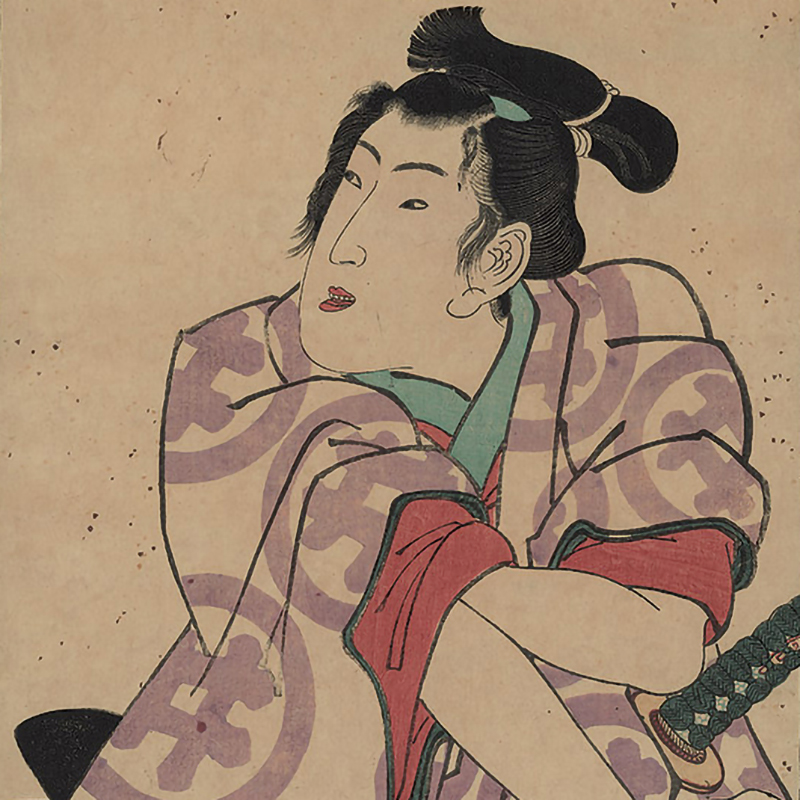
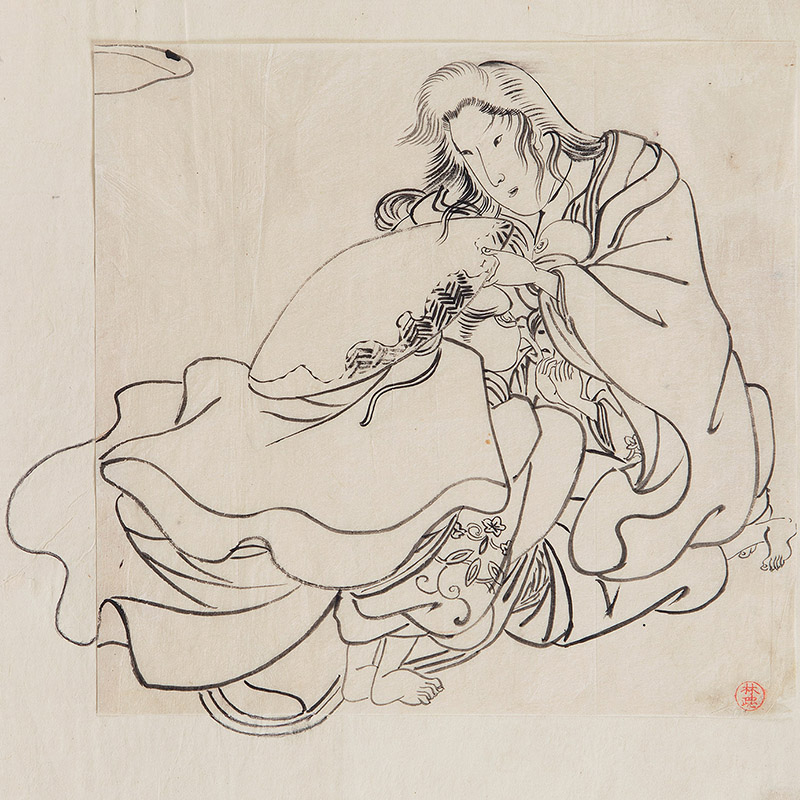
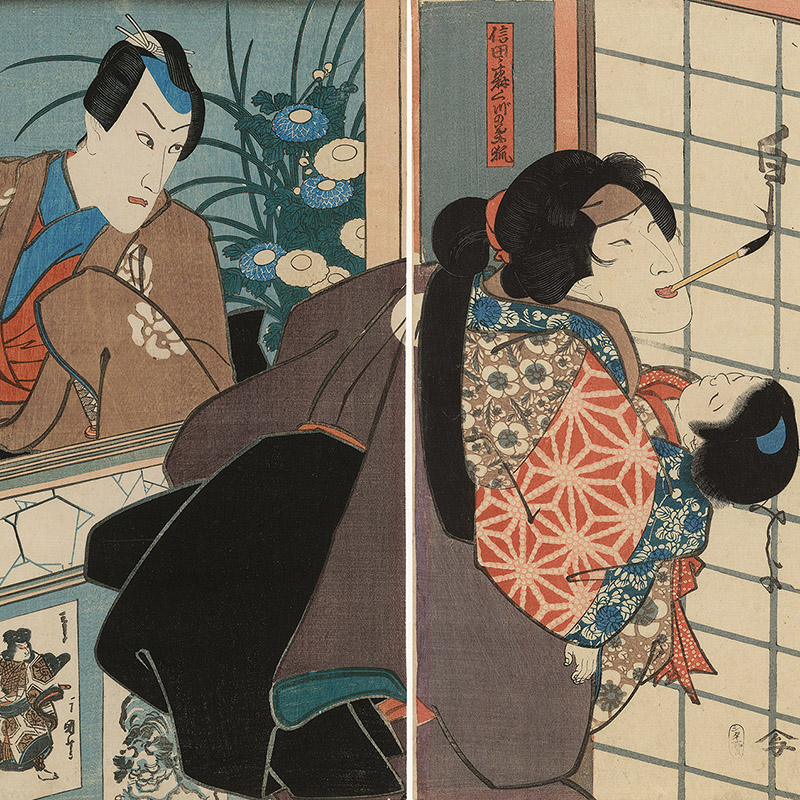
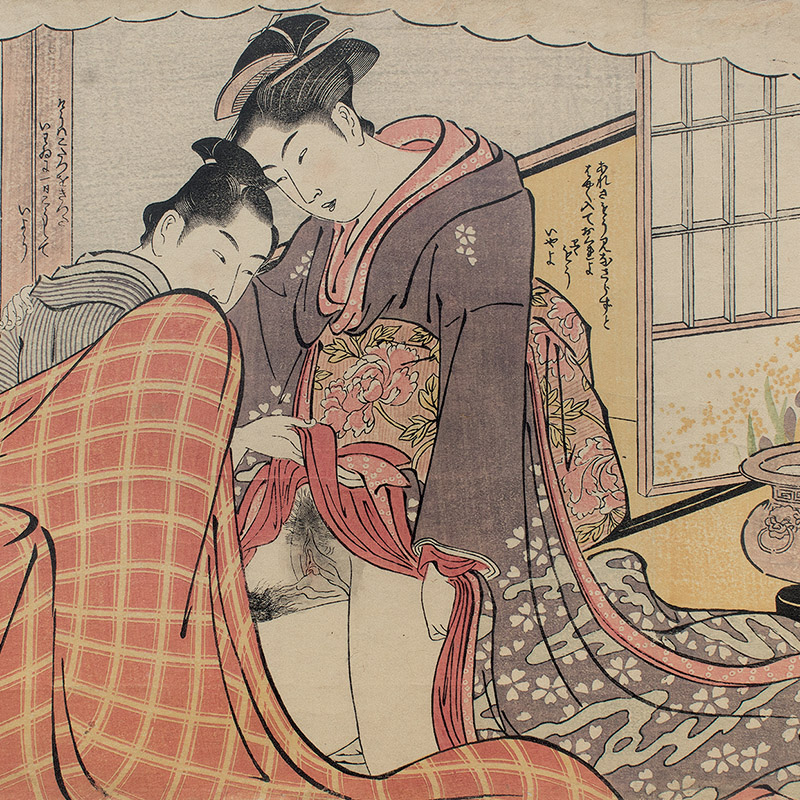
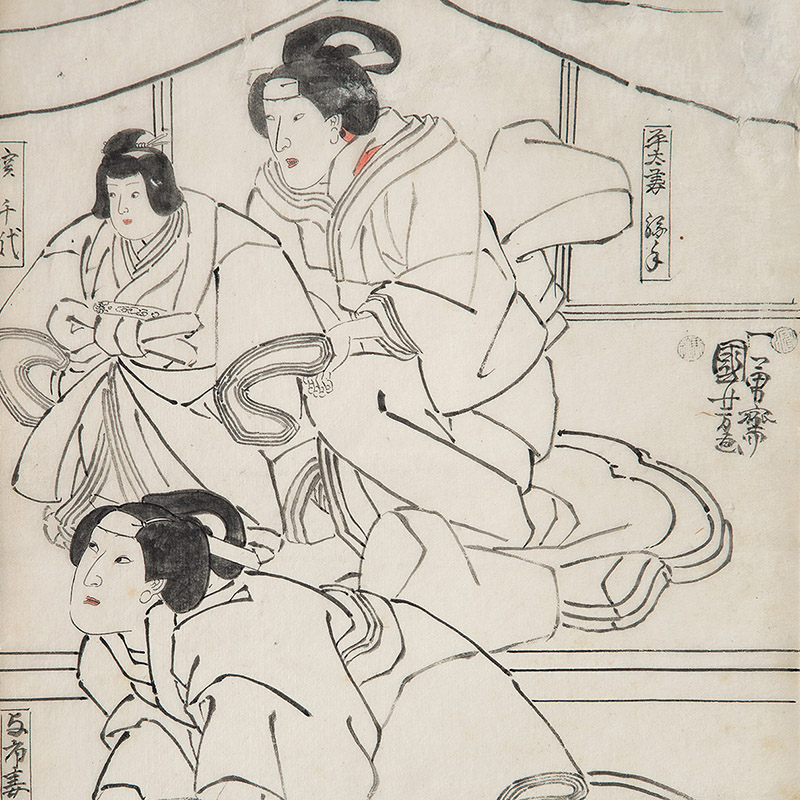
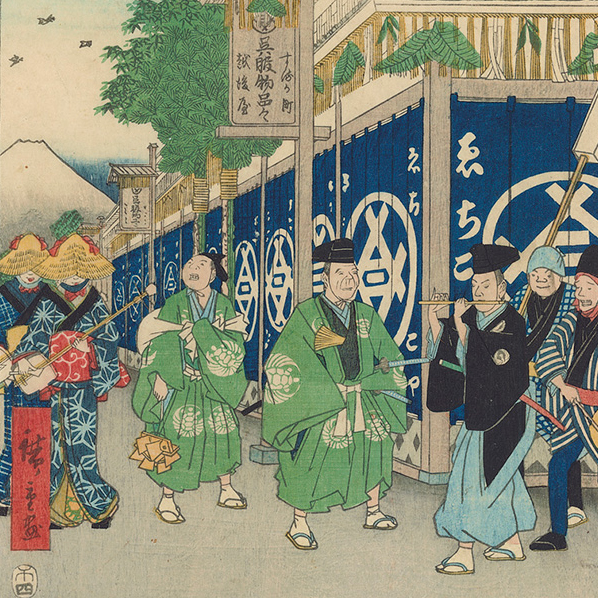
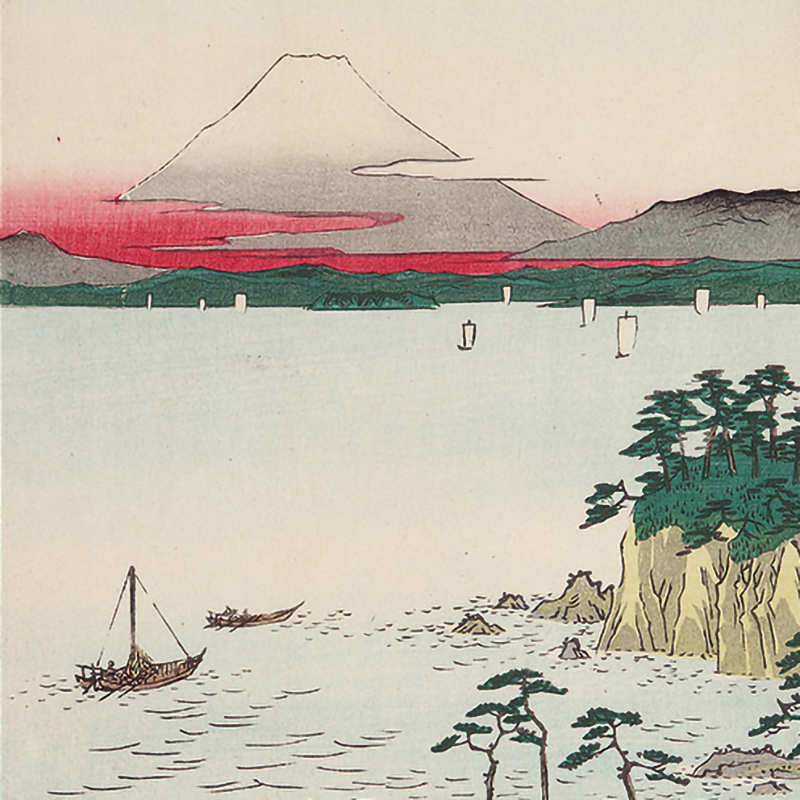
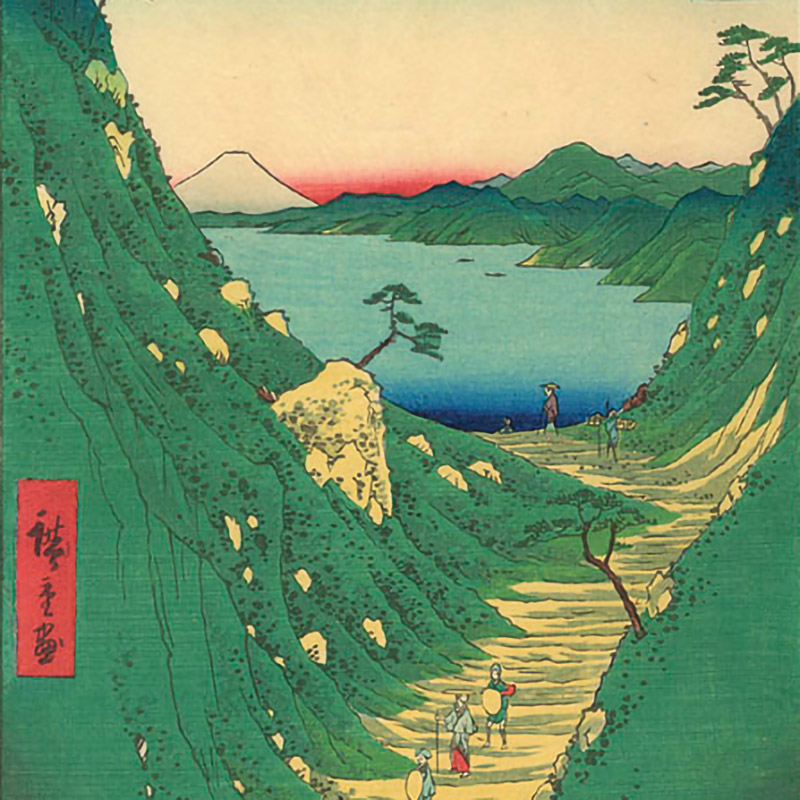
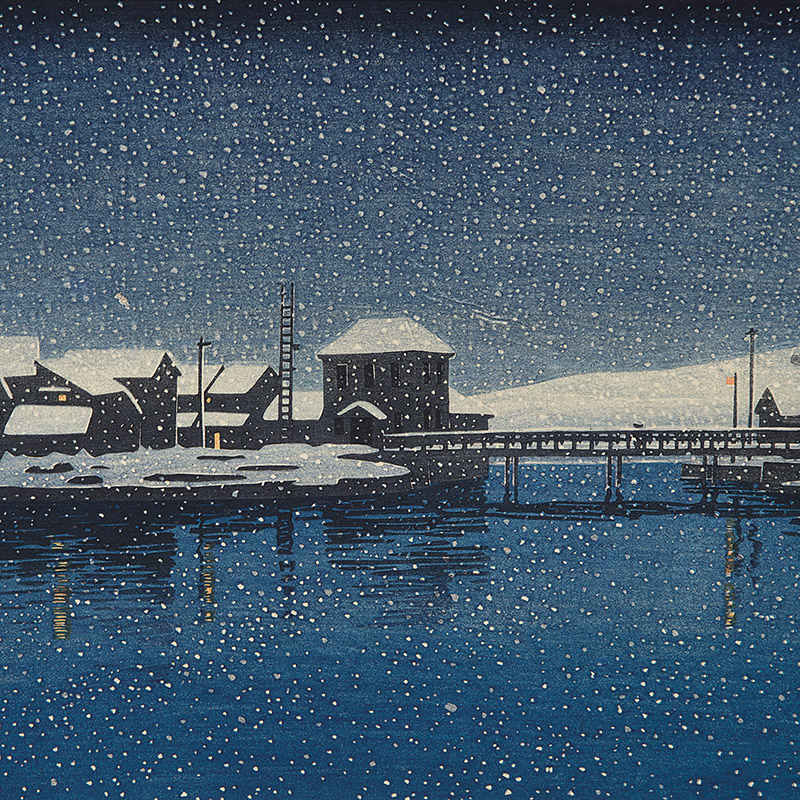
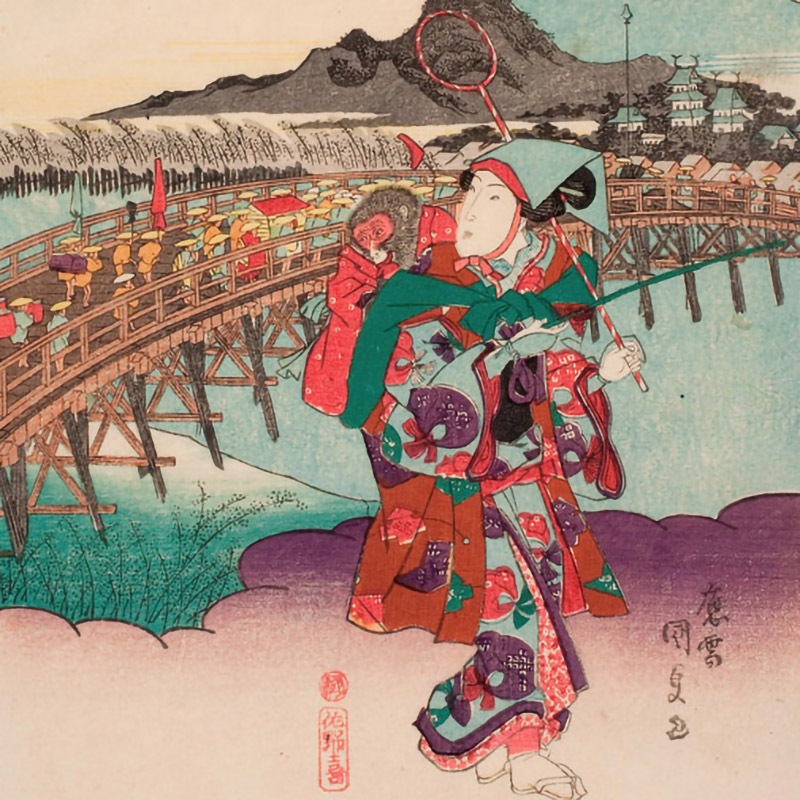
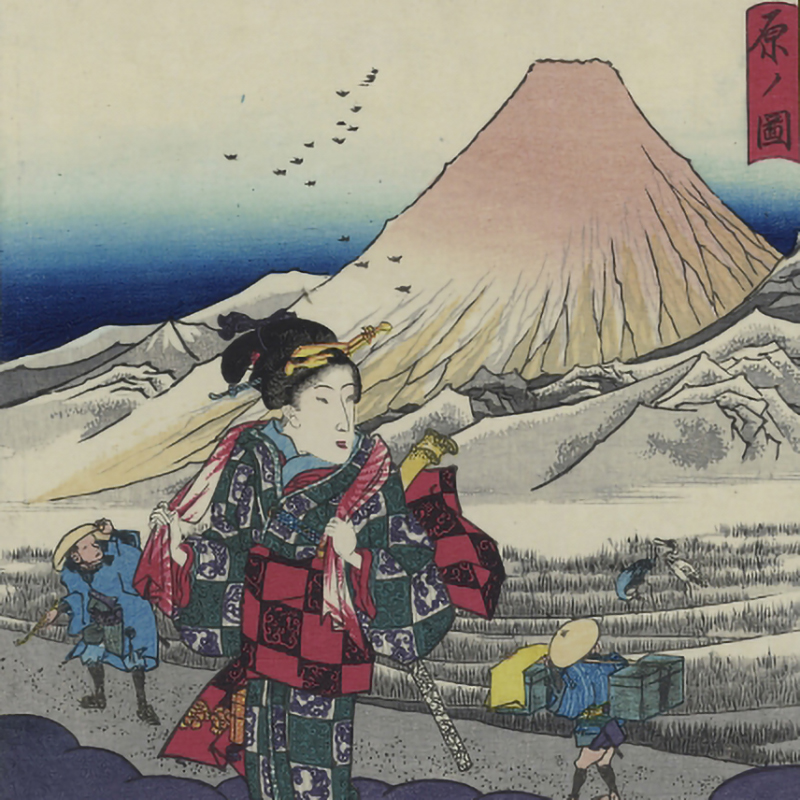
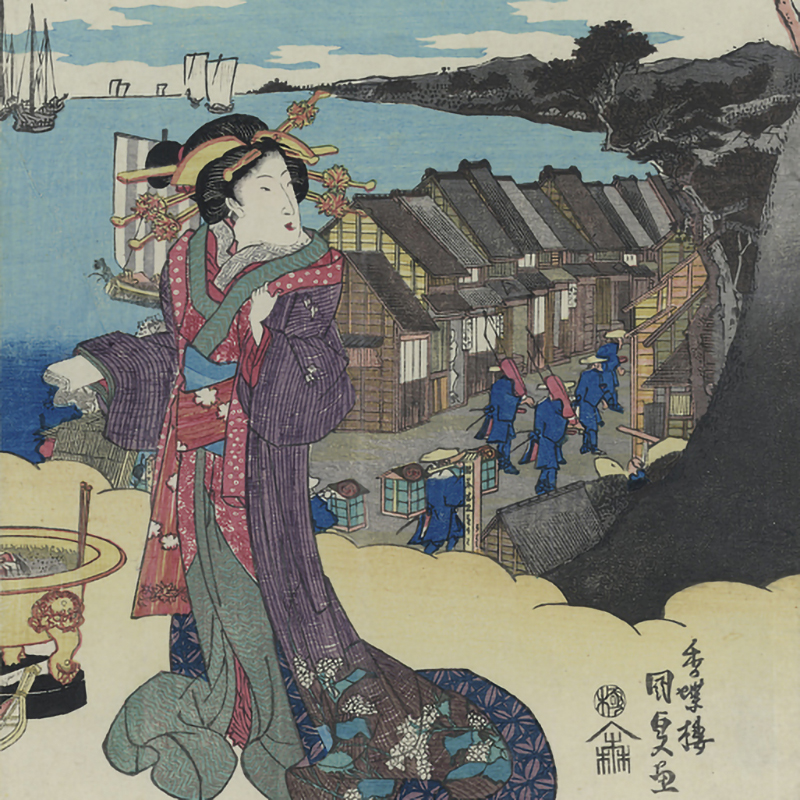
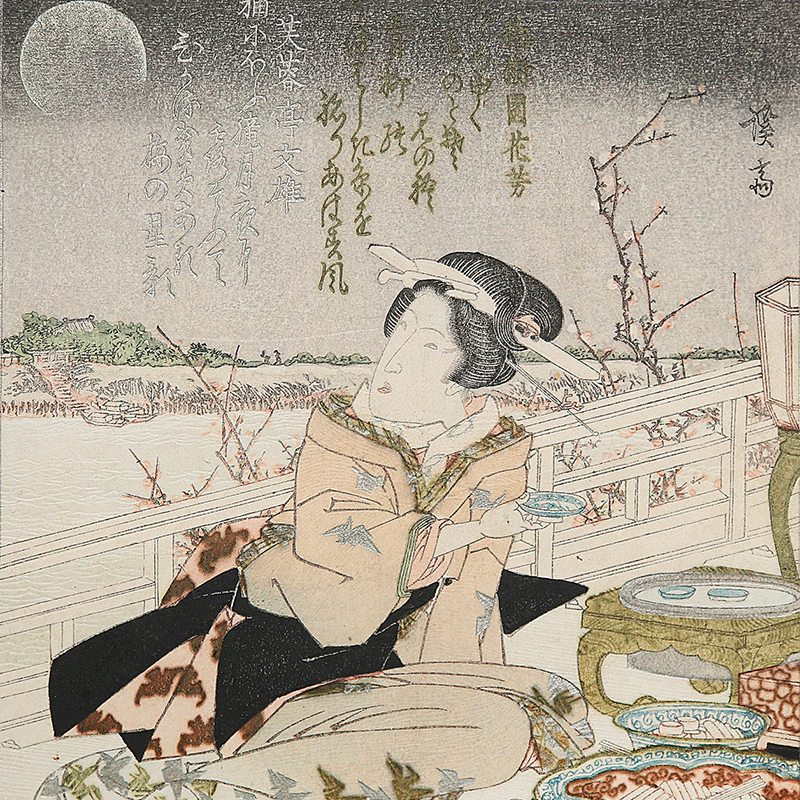
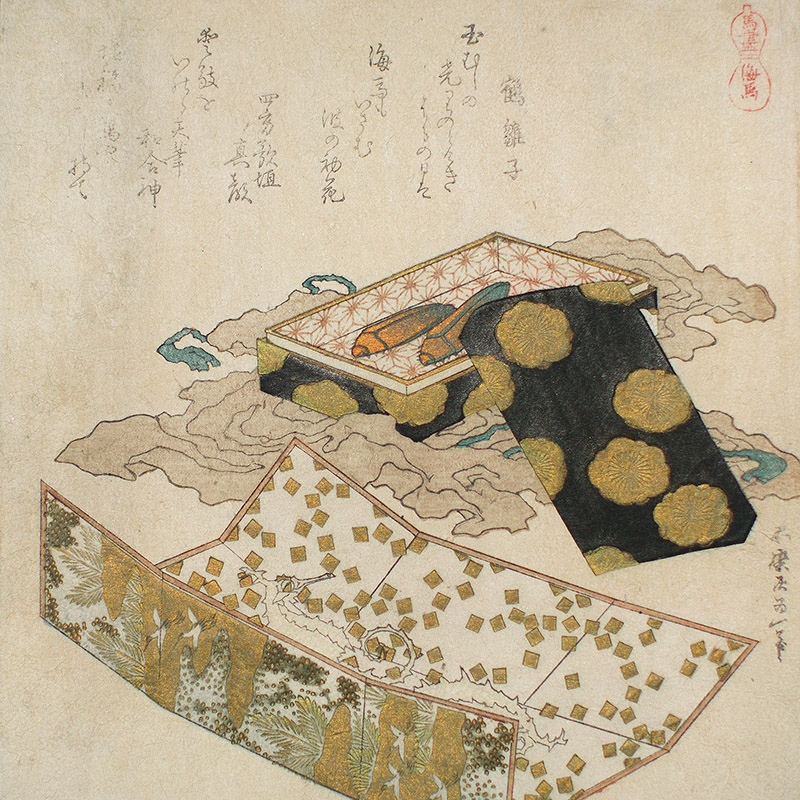
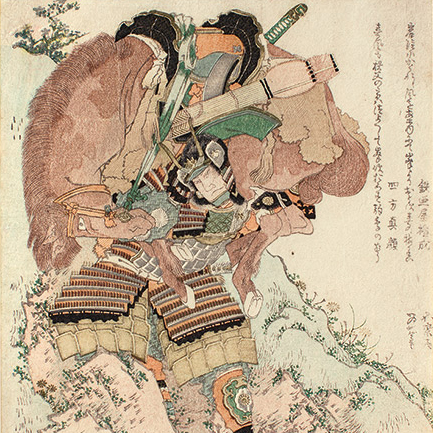
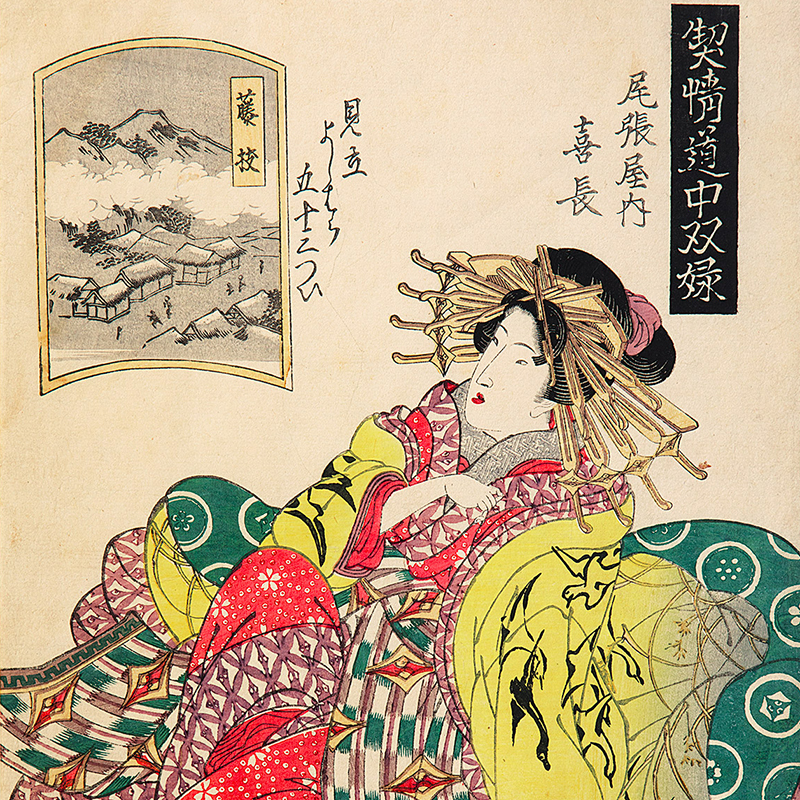
.jpg)
